1999 U.S. Open: A Look Back
1999 U.S. Open: A Look Back
By Lee Pace
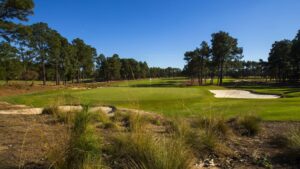 A U.S. Open at Pinehurst seems old hat now. In about a year, the esteemed No. 2 course will be the venue for its fourth rendition of America’s national championship, following 1999 (won by Payne Stewart), 2005 (Michael Campbell) and 2014 (Martin Kaymer). And after the 2024 competition, there are four more on the docket through 2047 as the USGA has tabbed Pinehurst No. 2 as an “anchor site” for the Open.
A U.S. Open at Pinehurst seems old hat now. In about a year, the esteemed No. 2 course will be the venue for its fourth rendition of America’s national championship, following 1999 (won by Payne Stewart), 2005 (Michael Campbell) and 2014 (Martin Kaymer). And after the 2024 competition, there are four more on the docket through 2047 as the USGA has tabbed Pinehurst No. 2 as an “anchor site” for the Open.
But it wasn’t always this way. Far from it, in fact.
The doubts were many through the 1970s through June of 1993, when Pinehurst was finally awarded a date for the Open six years down the road. It was a quarter of a century of brainstorming, upfitting, salesmanship and tweaking the golf course, the resort operation and the community resources as a whole to make it happen. Was No. 2 still viable to the best players in the game? Could a small village like Pinehurst and the Sandhills community provide the infrastructure, hotel rooms and restaurants to handle the crowds? Would North Carolina support the event with ticket sales and corporate entertainment packages?
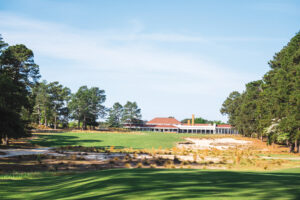
Over the third week in June 1999, Pinehurst and its grand old dame of a golf course, Donald Ross’ No. 2, stood up to each question of the last century, held their stead and never blinked. And when Payne Stewart rolled in a dramatic 15-footer to save par on the 18th hole Sunday and stave off the challenge of Phil Mickelson, to the roar of thousands of fans ringing the green, Pinehurst had its consummate exclamation point.
“Perfect — a perfect way to win,” Stewart said. “I think everyone in the field will attest to how great No. 2 is, to what a special place Pinehurst is. To win here means a lot to me.”
Some 40,000 contestants, spectators, sponsors, USGA officials, media representatives, volunteers, merchandisers and Pinehurst Country Club members descended on the Village of Pinehurst and the No. 2 course daily the week of June 14-20, 1999. They found a golf course with a 3-year-old set of greens covered with Penn G-2 bent grass that provided the stiff and swift putting surfaces mandated by the USGA for all of its championships, this more than a decade before the new hybrid Bermuda greens were introduced in the Mid-Atlantic.
 They found a shuttle bus transportation system that efficiently funneled spectators in and out of town from two remote parking lots. And there were lots and lots of people — there are seven million living within 100 miles of Pinehurst, a fact that championship staff noted with regularity in fending off the charge that Pinehurst was in the sticks. Golf fans from near and far scarfed up the available badges within 24 hours of their going on sale the previous summer. Corporate types shucked out big dollars during the height of late-1990s economic heyday and filled every clubhouse table and tent available.
They found a shuttle bus transportation system that efficiently funneled spectators in and out of town from two remote parking lots. And there were lots and lots of people — there are seven million living within 100 miles of Pinehurst, a fact that championship staff noted with regularity in fending off the charge that Pinehurst was in the sticks. Golf fans from near and far scarfed up the available badges within 24 hours of their going on sale the previous summer. Corporate types shucked out big dollars during the height of late-1990s economic heyday and filled every clubhouse table and tent available.
And they found an atmosphere unique to Open venues — no big-city traffic and a small-town charm that certainly was what James Tufts and landscape architect Frederick Law Olmsted had in mind more than a century ago, when they created a replica New England village from the sandy wastelands of south-central North Carolina. By day, the townsfolk and visitors enjoyed the golf; by night, they congregated around the bars at the Pine Crest and Holly Inns or enjoyed lawn parties throughout the village.
“What’s struck me is how this community has absorbed the event, yet remained the same,” Pinehurst Inc. President Pat Corso said on the final day of the competition. “Anybody coming here I think gets the full impact and charm of the community. At many places that host major events, you don’t get the sense of the community at all. You’re tucked in some suburb or you’re in a neighborhood and it’s compacted and you don’t get a sense of, ‘Where are you?’ People didn’t just come to Pinehurst to a golf course for an event. They came here actually to share in the Pinehurst experience. I think that is pretty neat.”
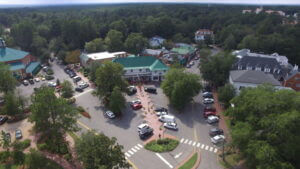
The village and club offer a blend of history and aesthetics and devotion to the game of golf that set a perfect table for such a competitive feast. “What Madison Square Garden has been to boxing, what Harvard Stadium has been to football and track athletics, what Belmont, Saratoga and Churchill Downs mean to racing, Pinehurst means to golf,” Golf World magazine founder Bob Harlow said in 1938.
“The Open at Pinehurst could be Tracy and Hepburn-esque — a match made in heaven, the first of many,” said David Fay, executive director of the United States Golf Association.
No one could look ahead to 2047 at that moment in the 1990s, but Fay was certainly dead to rights.
Chapel Hill-based writer Lee Pace has written about golf in the Sandhills since the late 1980s and has authored a dozen books about the clubs, courses and people who have made it special over more than a century.
Other Blogs
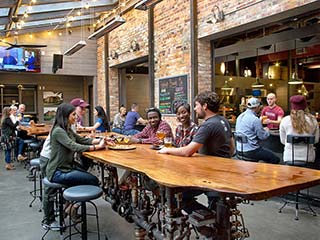
10 Great Things To Do
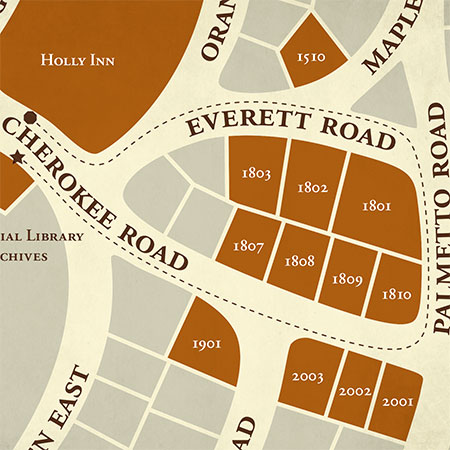
Discover The Path To Pinehurst’s Past

Insider Golf Tips
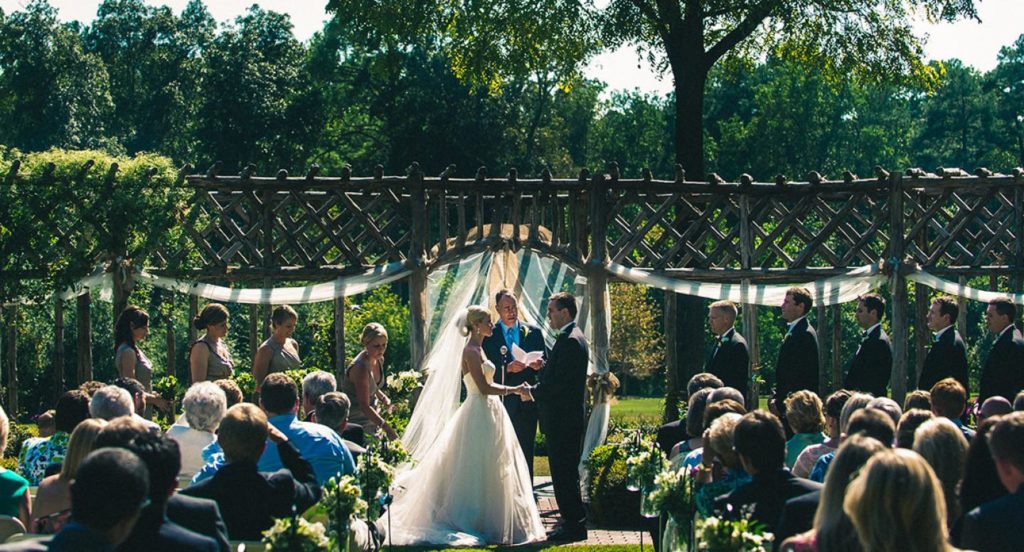
Unique Wedding Venues

North Carolina Couples Vacation
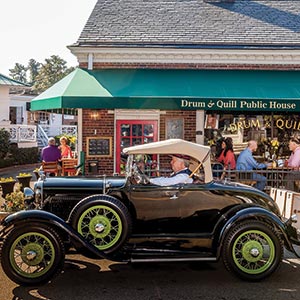
Our Favorite 19th Holes in the Home of American Golf
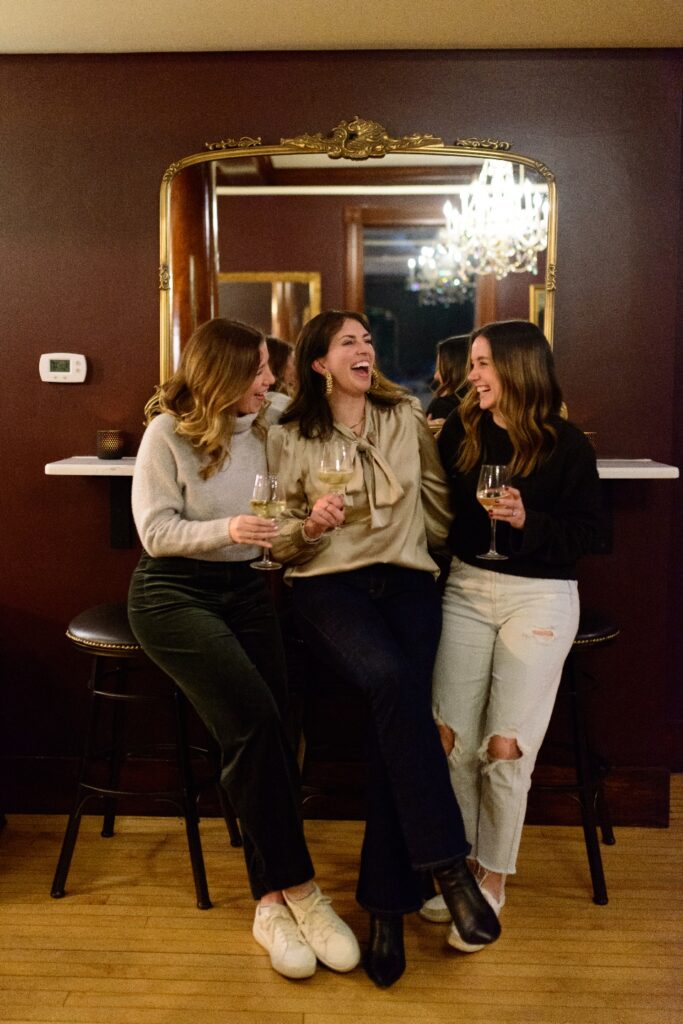
Girlfriend Getaways
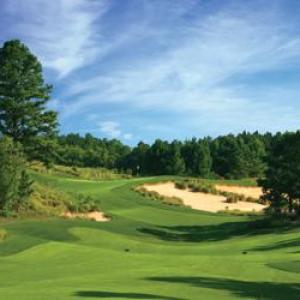
Tobacco Road: A Truly Unique Golf Adventure
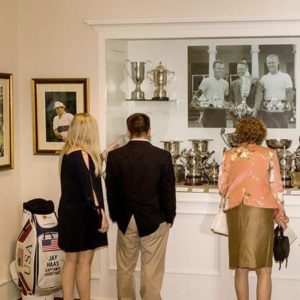
Carolinas Golf Association Hall of History

Where the Ladies Golf
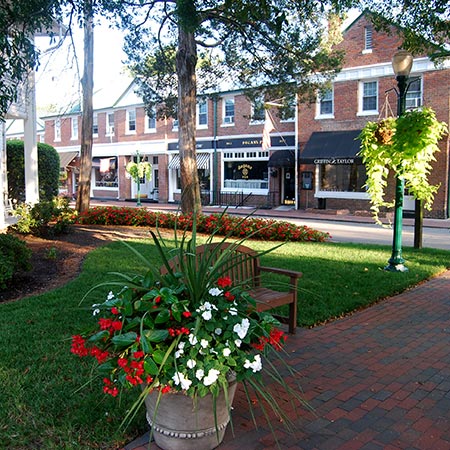
Romancing Pinehurst
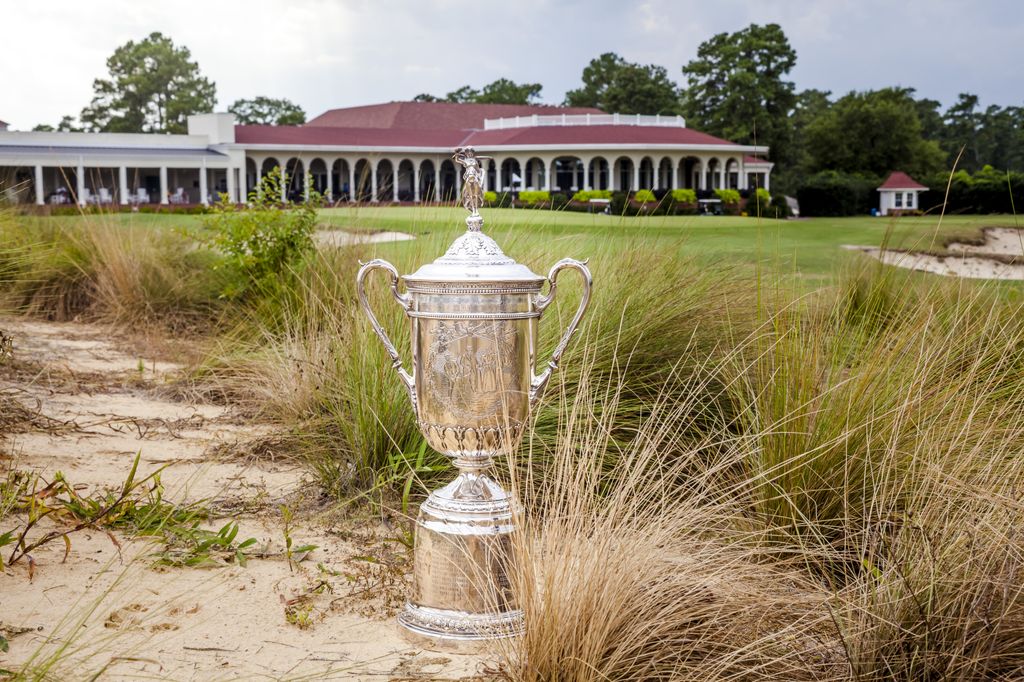
Home of American Golf and U.S. Open Connections
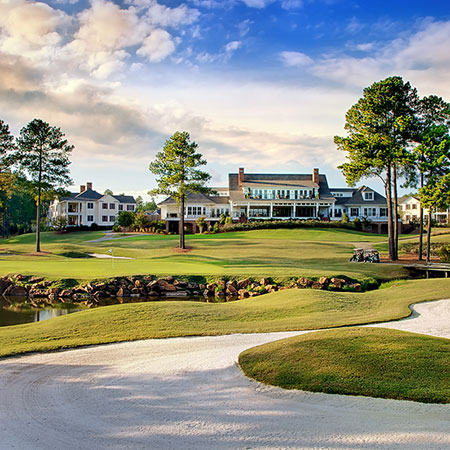
Former U.S. Open Champions Provide Pinehurst Area Some of Its Finest Designs
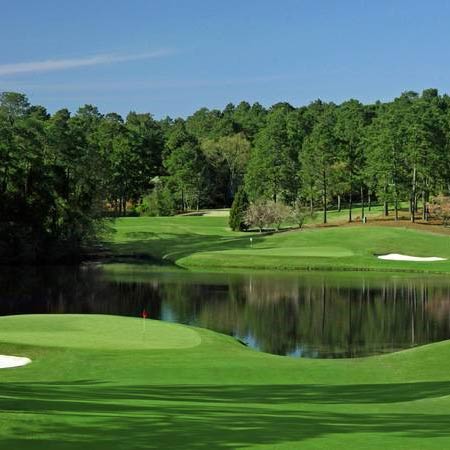
Donald Ross First of Many Architects to Design U.S. Open-Quality Courses in Sandhills
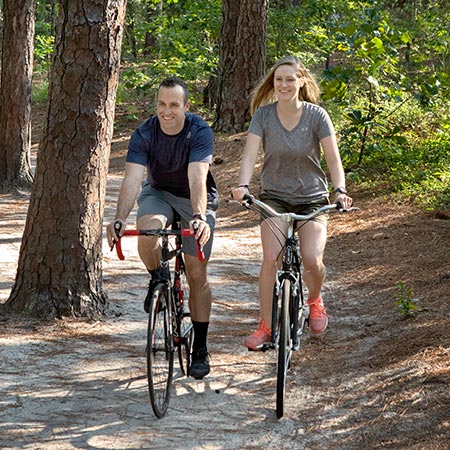
Sandhills Offers Outstanding Variety of Outdoor Activities
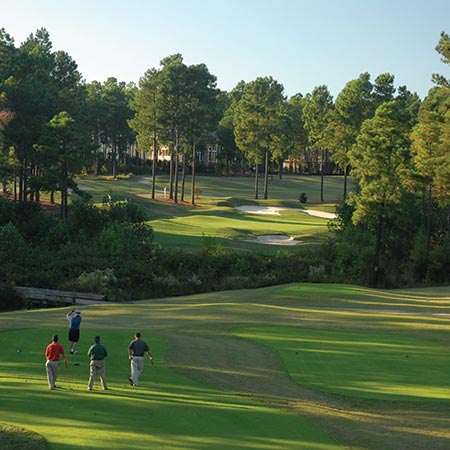
Buddy Golf Trip
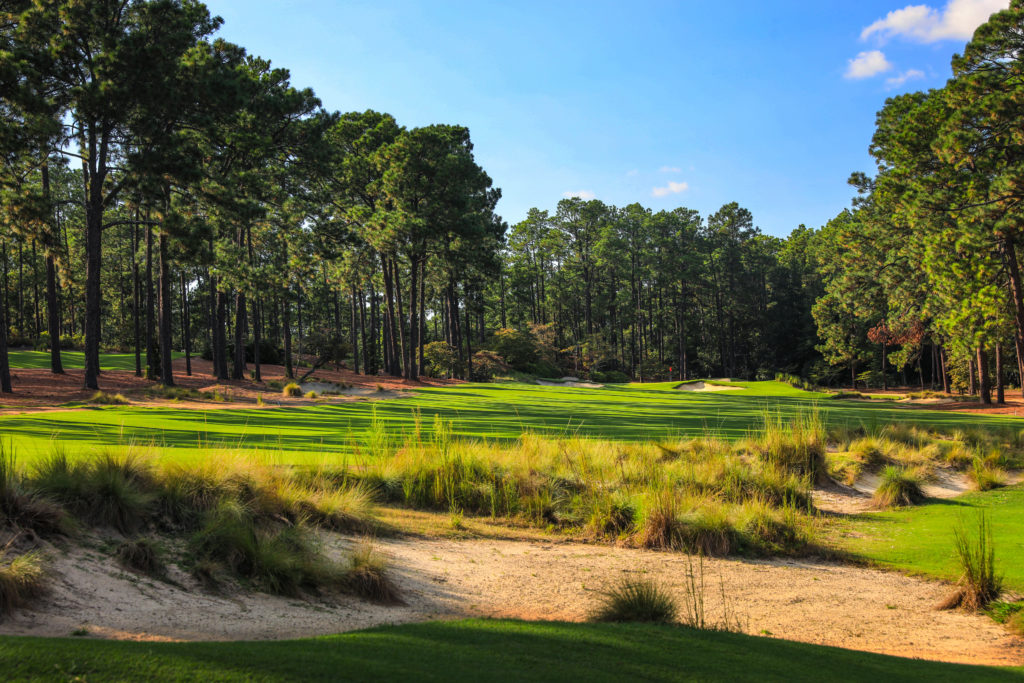
18 Holes of Local Knowledge for the Sandhills Golfer
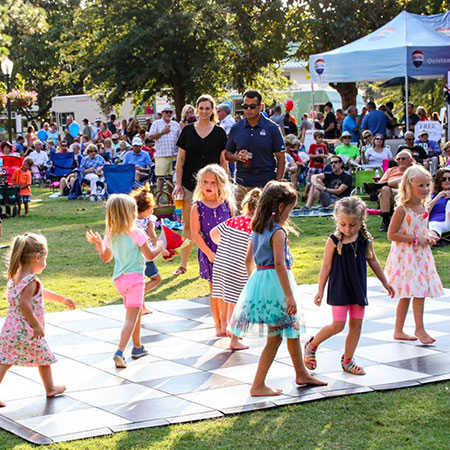
The Family Fun Trip
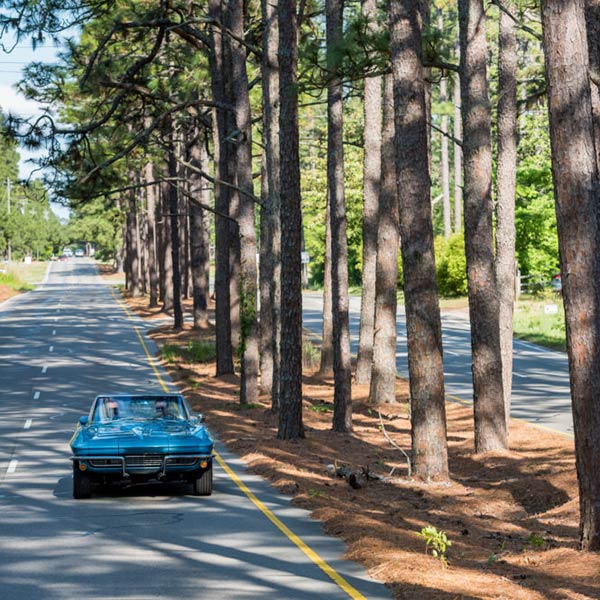
Midland Road: The “Fifth Avenue of Golf”
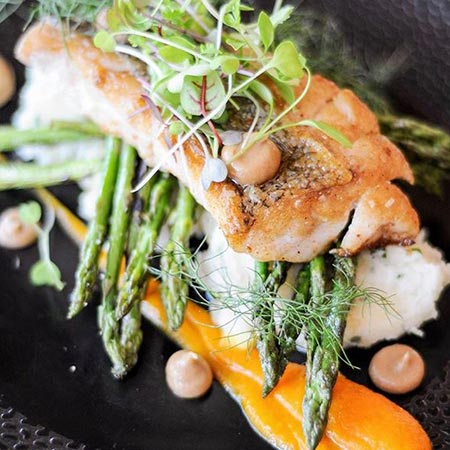
Collards, Community and Collaboration
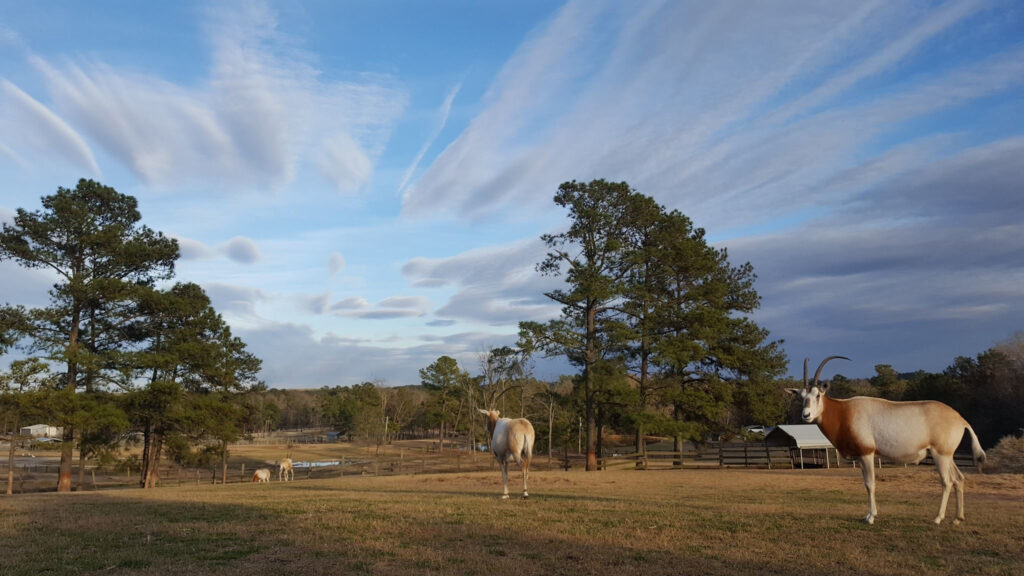
10 Little-Known Facts About North Carolina’s Pinehurst/Southern Pines Region
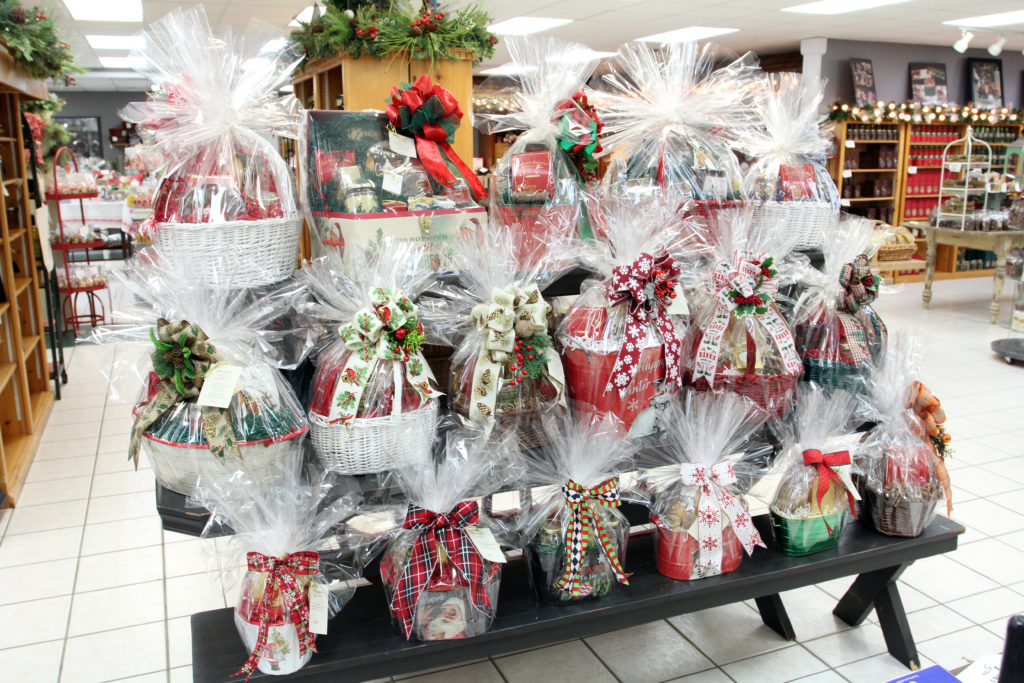
Sandhills Holiday Gift Guide
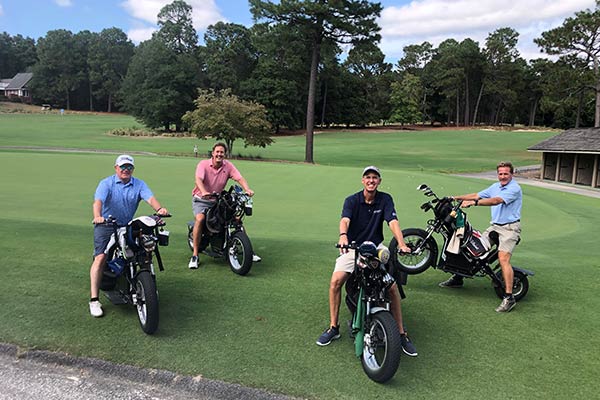
Spring Primer: Local Knowledge from the Home of American Golf

Our Favorite Coffee Shops in the Sandhills
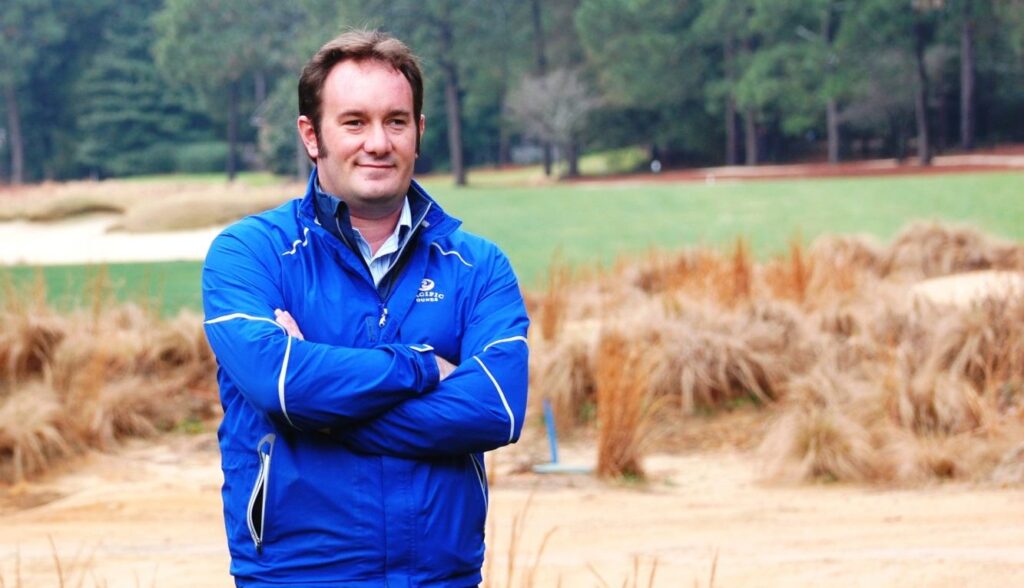
Franz Creating Legacy on the Links
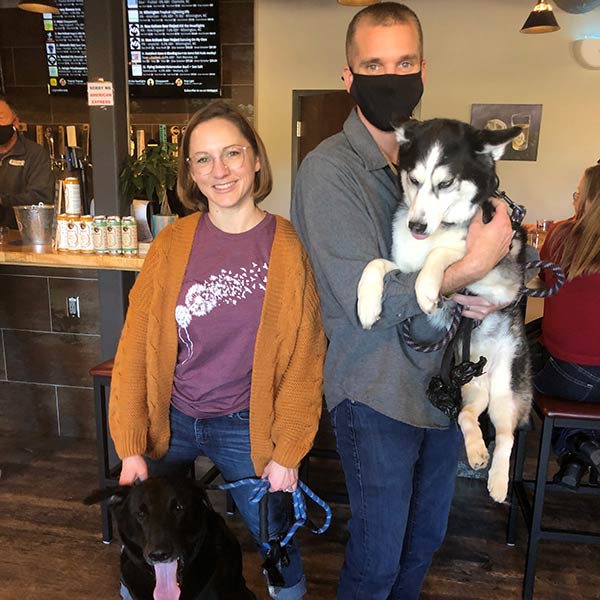
Bring Fido! Pet-Friendly Finds Among the Pines
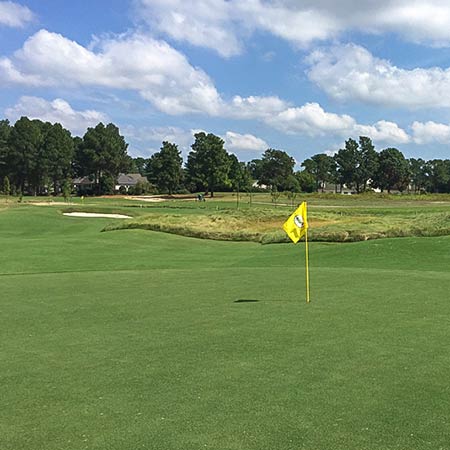
Bottlebrush: Pinehurst Area’s Best Kept Secret
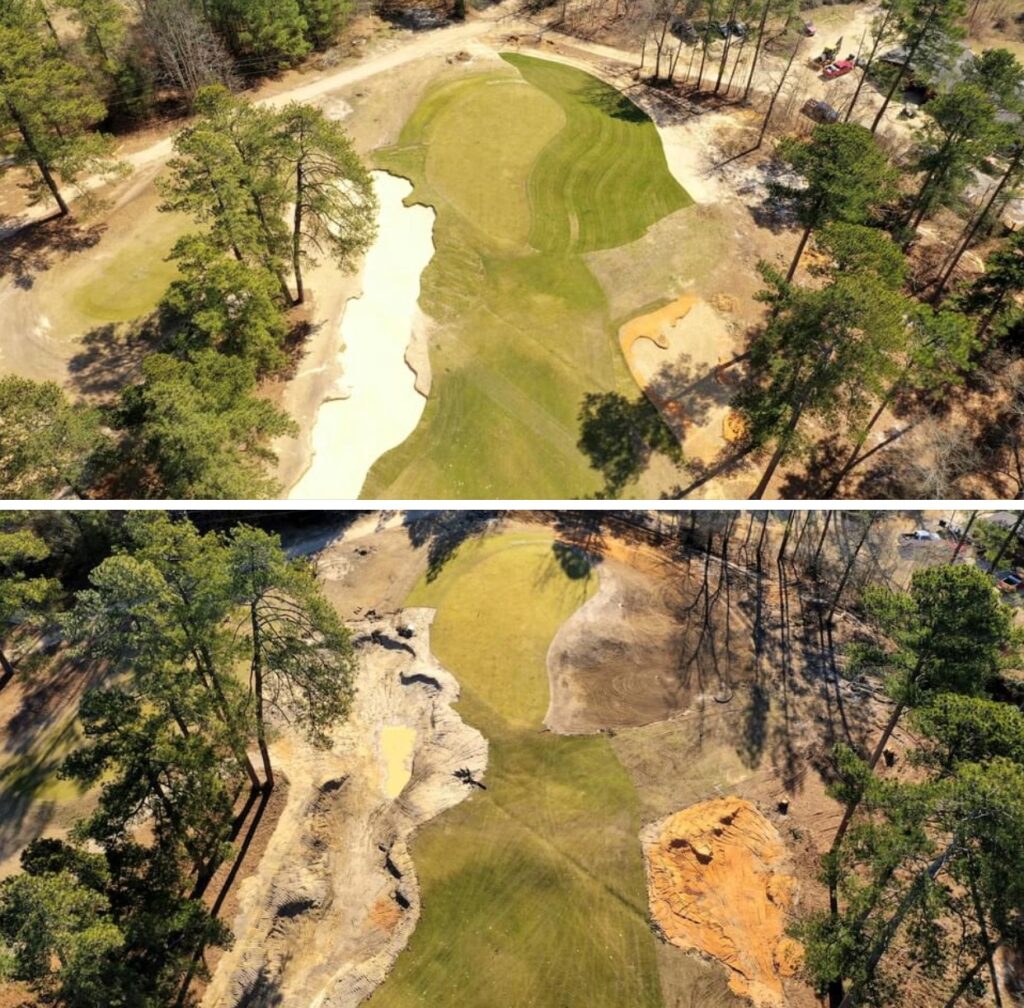
Franz Part 2: The Legacy Continues

Why Visit Pinehurst If You Don’t Play Golf?

First Timer’s Guide to Pinehurst
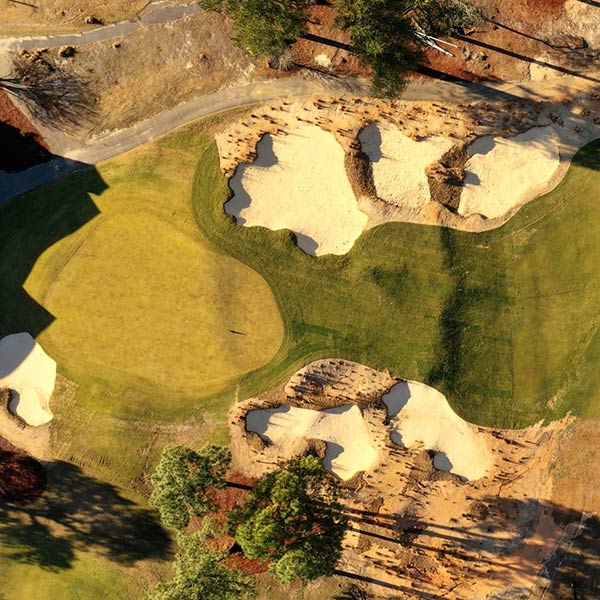
Franz Part 3: On Sandhills Topography
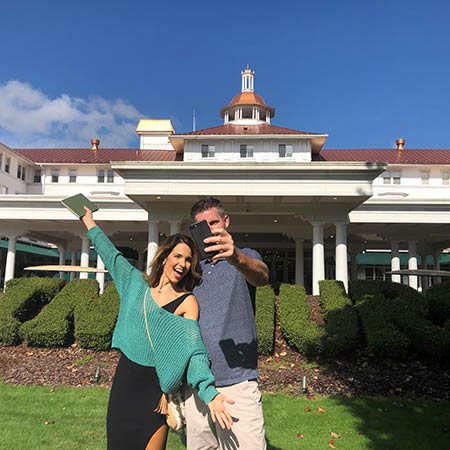
Top 10 Places for a #Sandhills Selfie
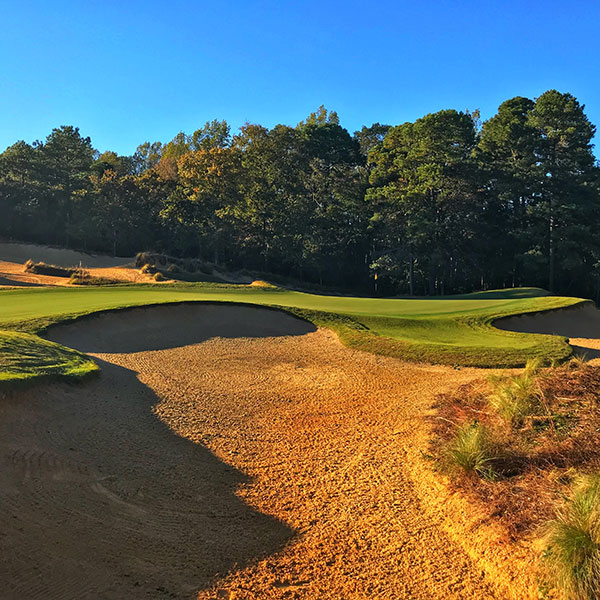
“Bermuda Revolution” Around Sandhills Leads to Ideal Year-Round Golf

Hunger Games – Sandhills Golfers Dining Guide
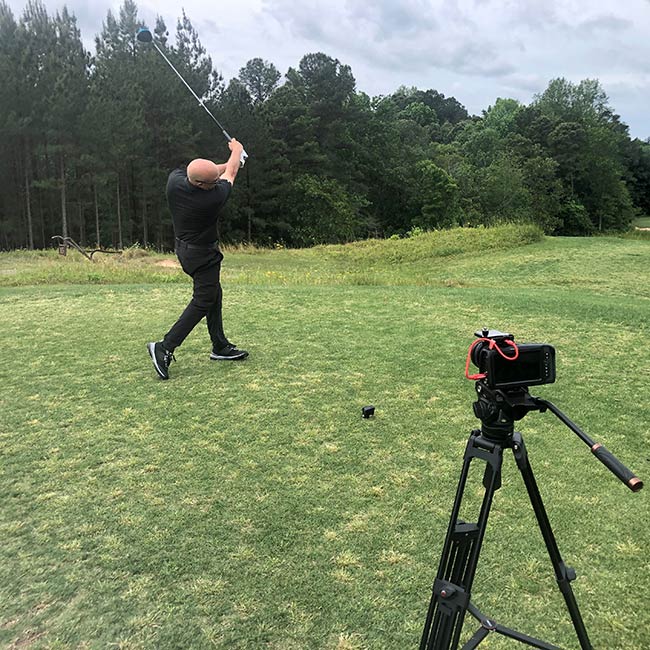
Episode 1: Golf Tips with Nick Bradley

Episode 2: Golf Tips with Nick Bradley

Sandhills Embraces Walking Culture
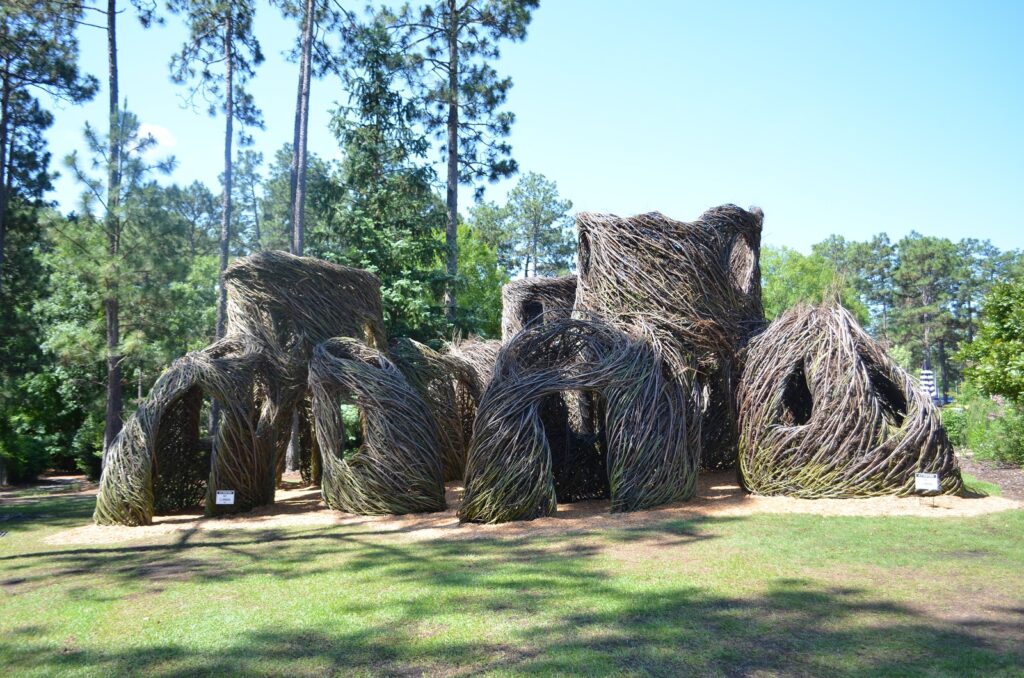
Patrick Dougherty: The Stickman Cometh

Dining A to Z

Fall Renewal in the Sandhills

Pinehurst’s Ryder Cup 1951

No. 2 Celebrates 10 Years

2004 Ryder Cup That Wasn’t
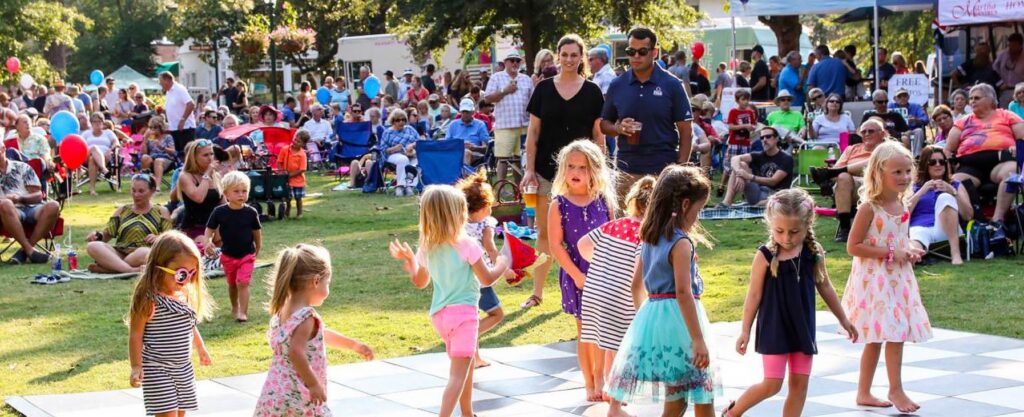
Family Fun in the Sandhills
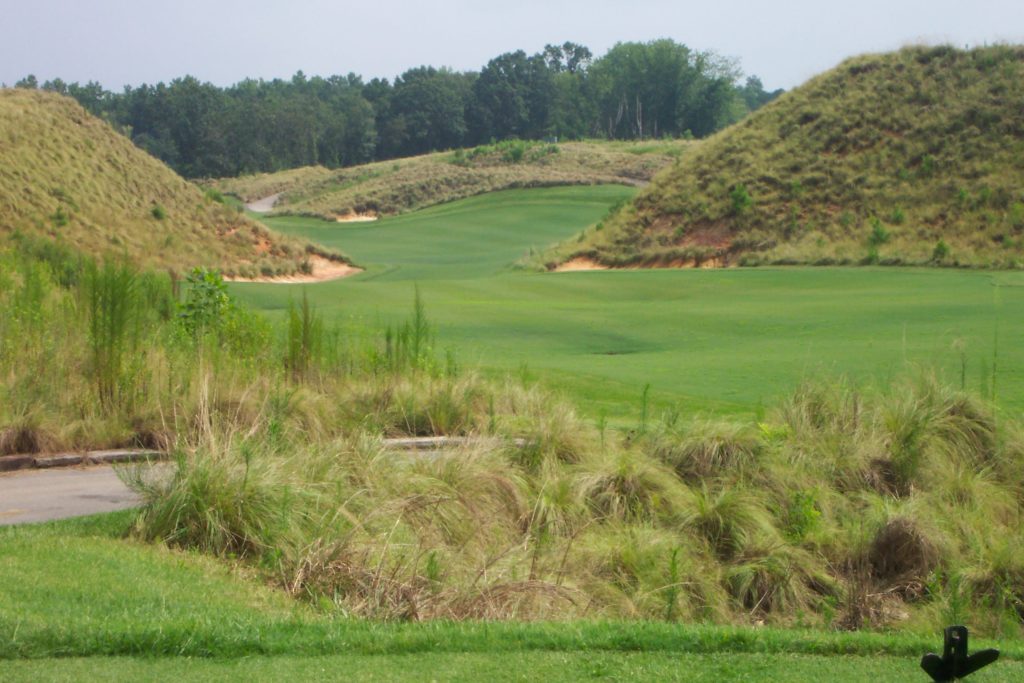
Remarkable Golf Stays in The Pinehurst Area

Couples Weekend Getaway Ideas
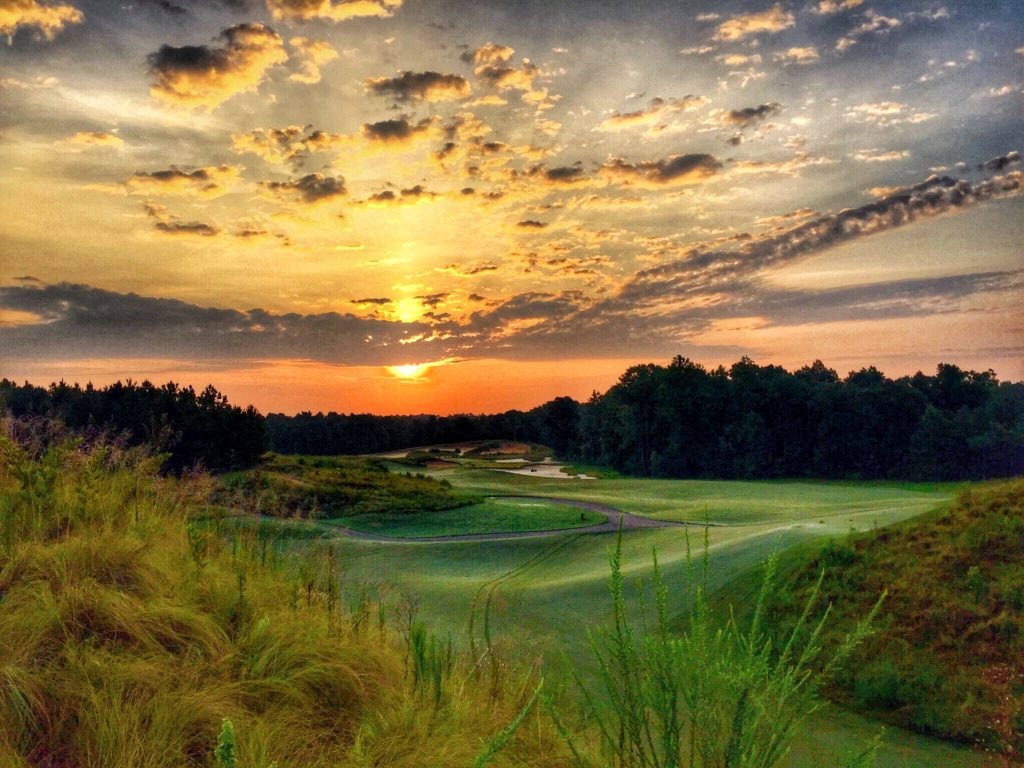
Nature’s Canvas: Tobacco Road

Perfect Getaway to Southern Pines
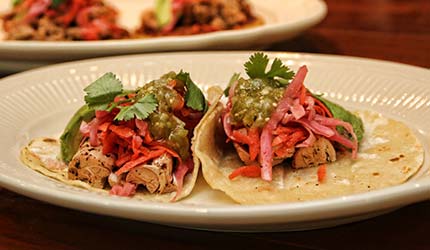
Culinary Discoveries in the Sandhills of N.C.
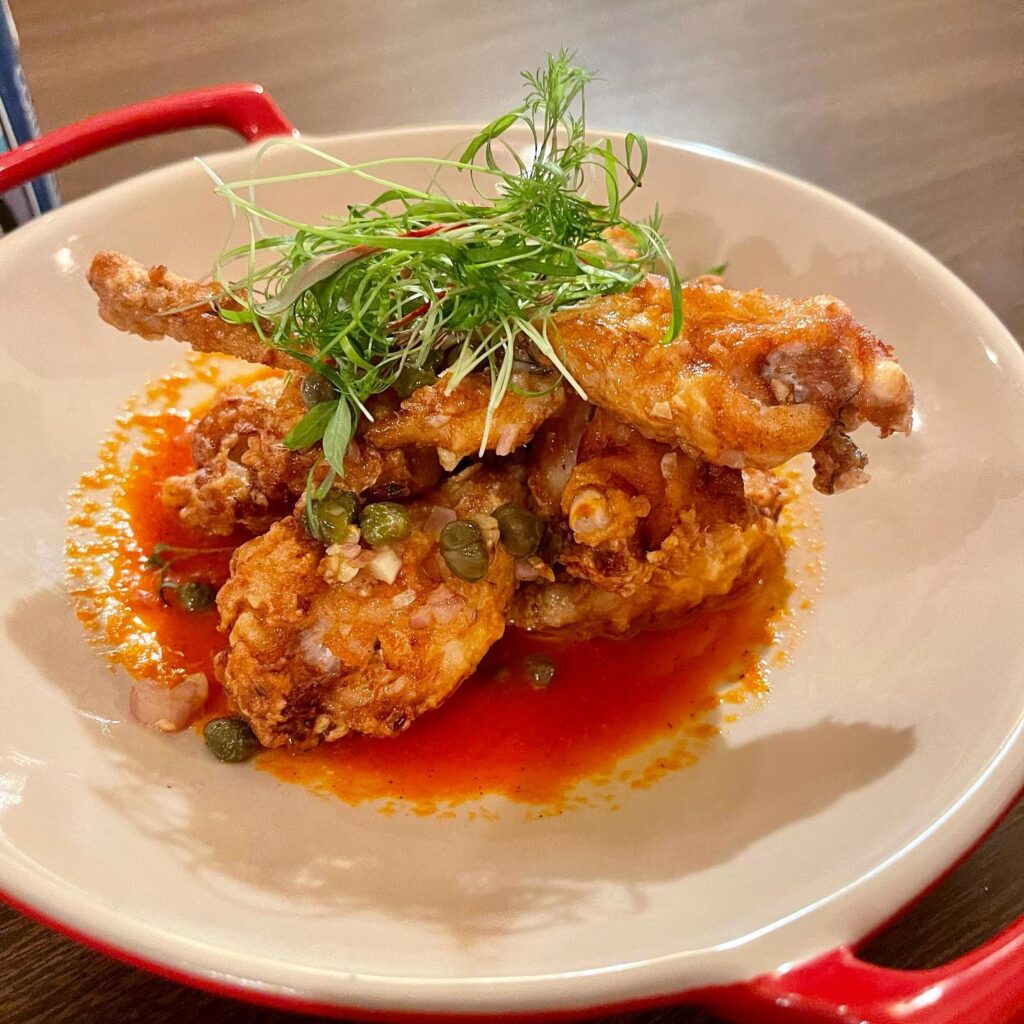
Restaurant Roundtable Q&A
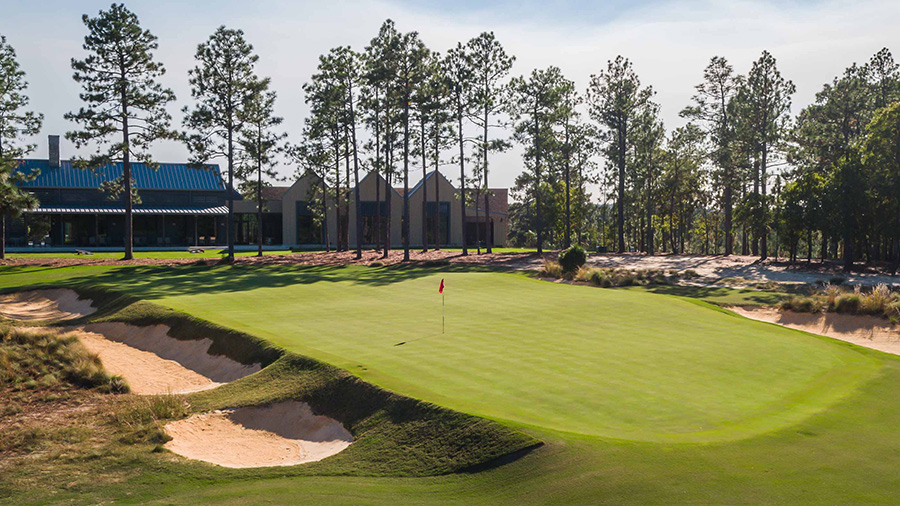
Dormie Club’s New Era
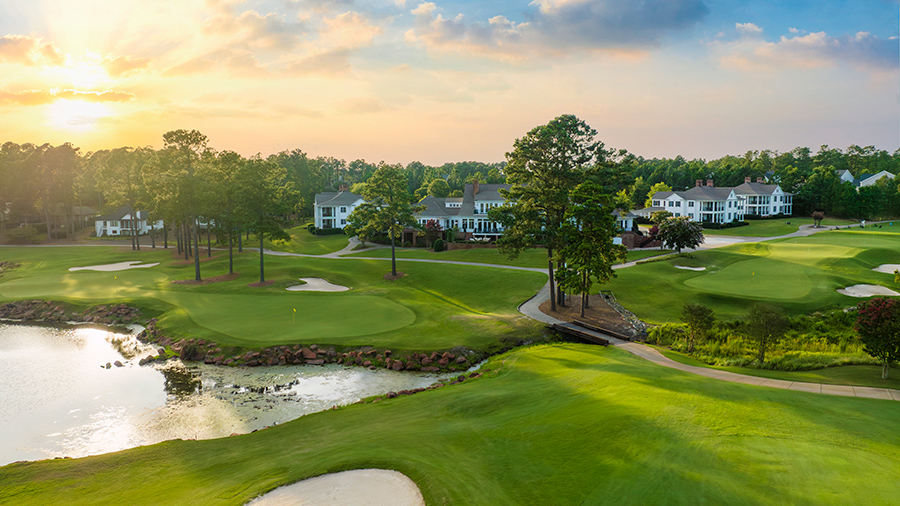
Talamore and Mid South: History of Their Own

Undiscovered Pinehurst

Off for Pinehurst
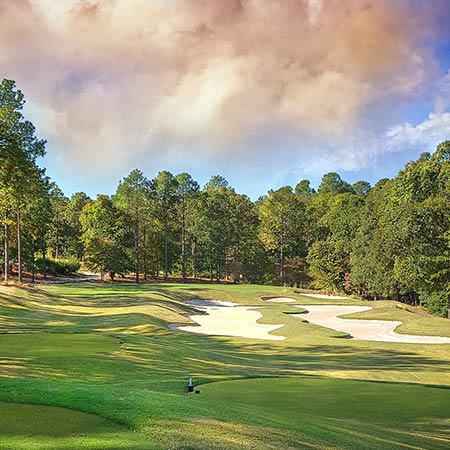
Talamore Doing More for 2022
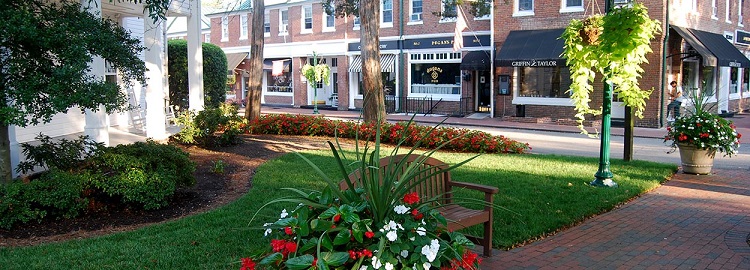
Romantic Gift Ideas In Pinehurst Area

Foodie Weekend in the Sandhills
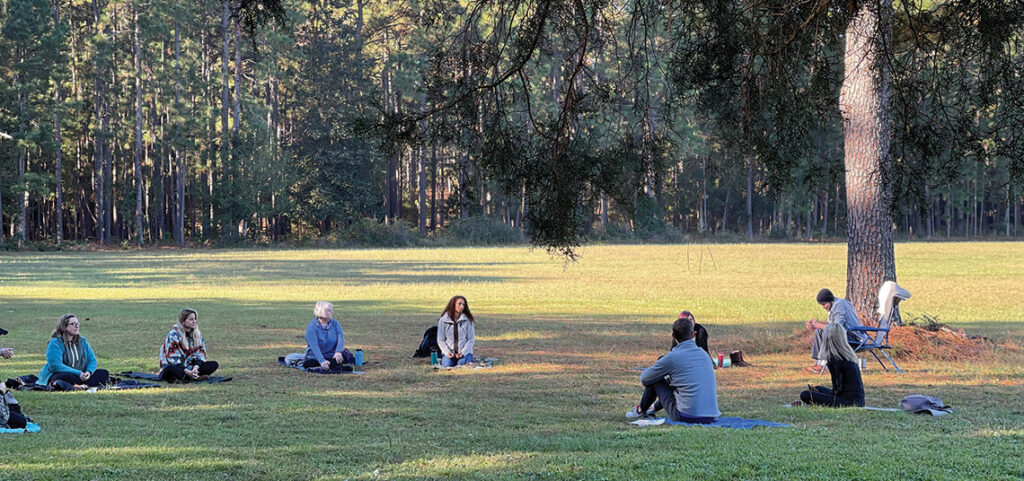
Wellness in the Pines

The Military Means Business in the Sandhills
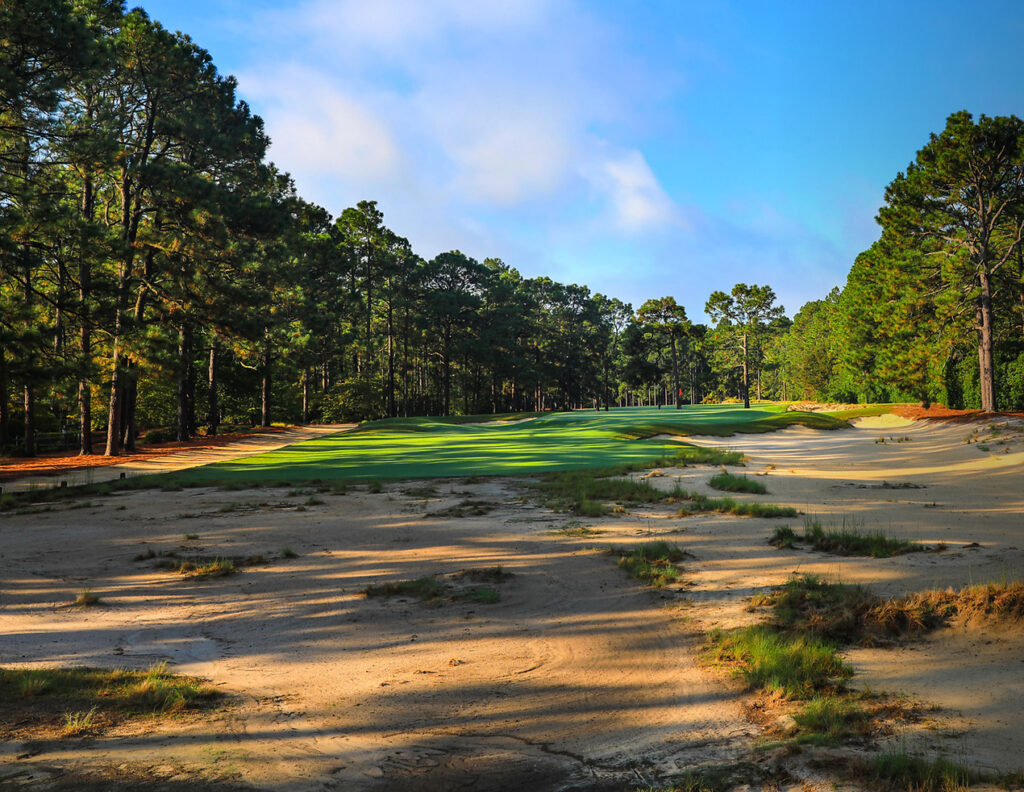
Pine Needles Goes Back in Time
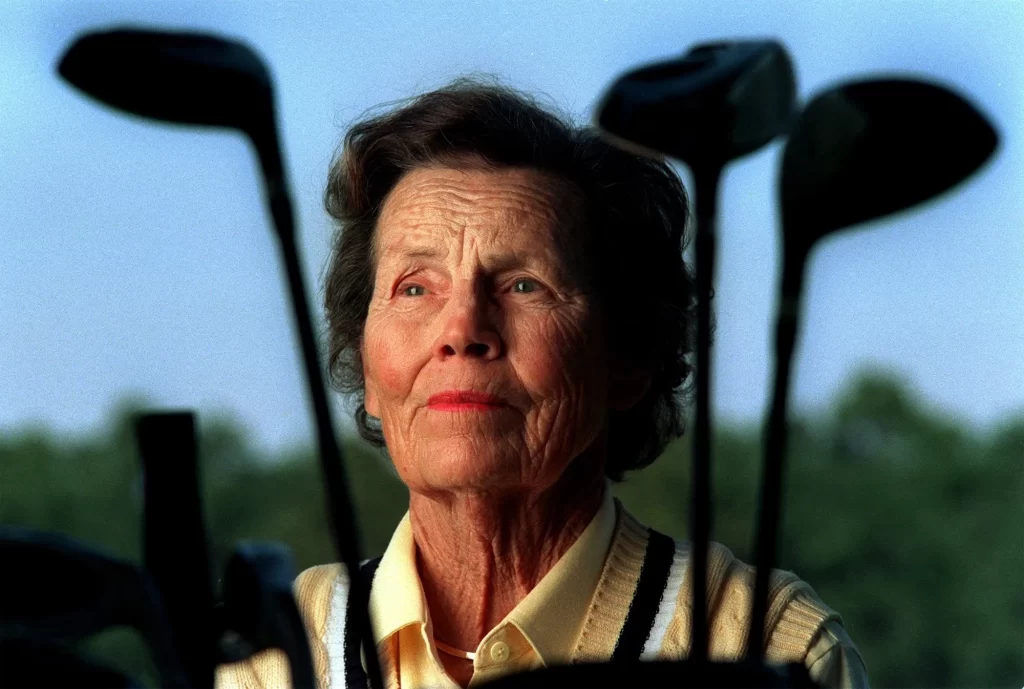
Grande Dame of Women’s Golf
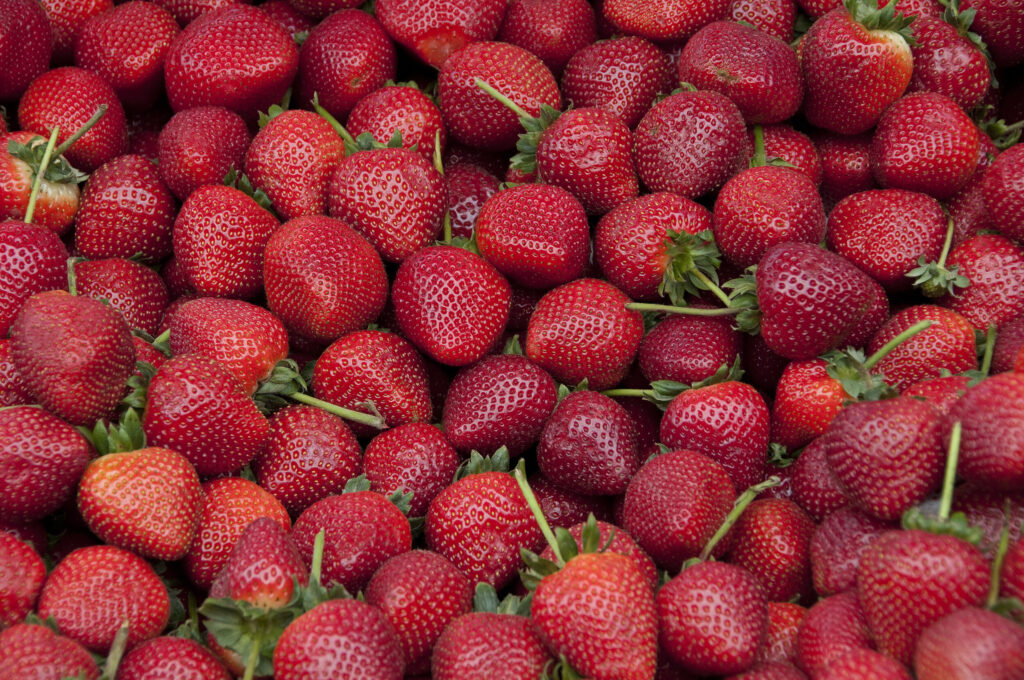
A Guide to Berry Picking in the Sandhills
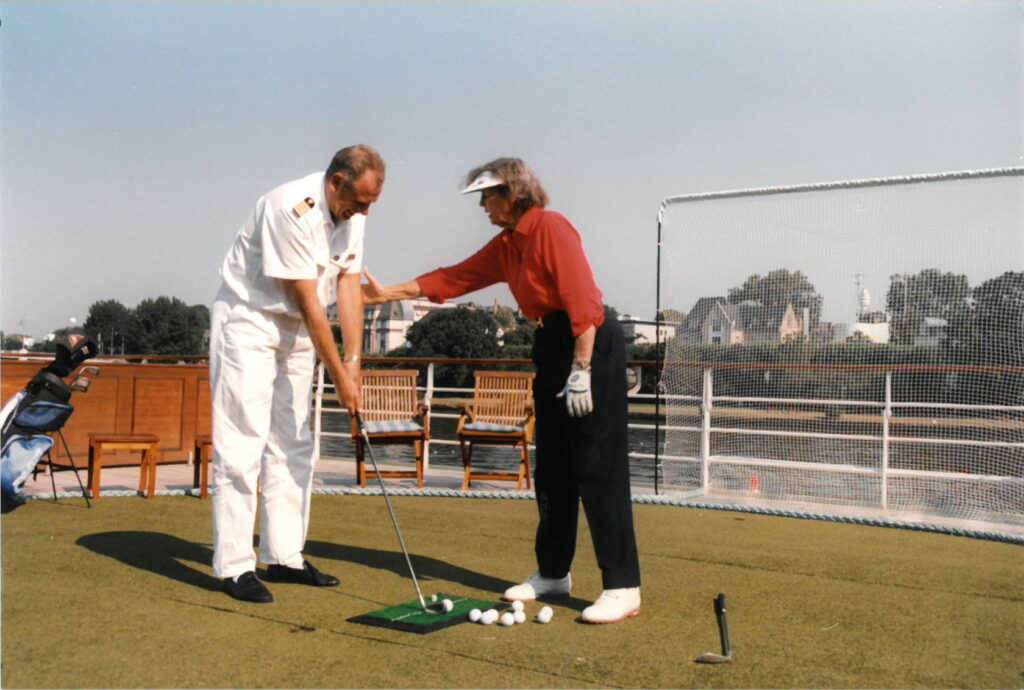
Waltzing on the Danube with Peggy Kirk Bell

From Cradle to Cradle

Donald Ross Could Golf His Ball
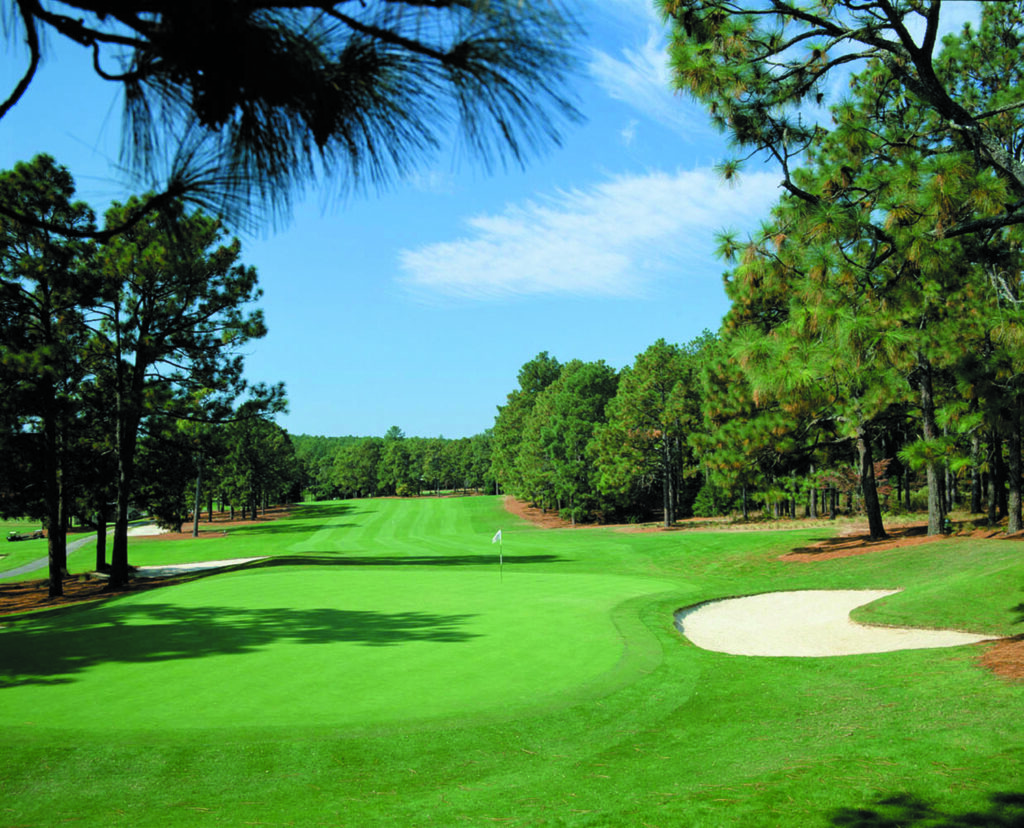
No Resting on Laurels Around the Home of American Golf

Flower Farms in the Sandhills
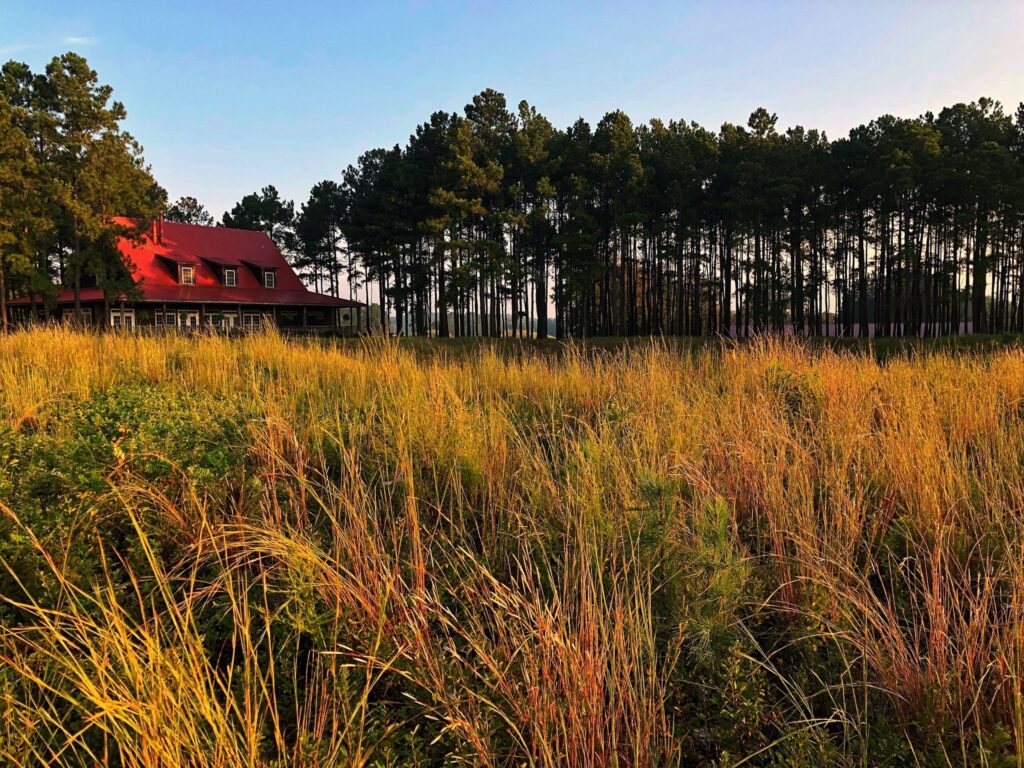
Fall into Pinehurst Golf

What Goes Around…
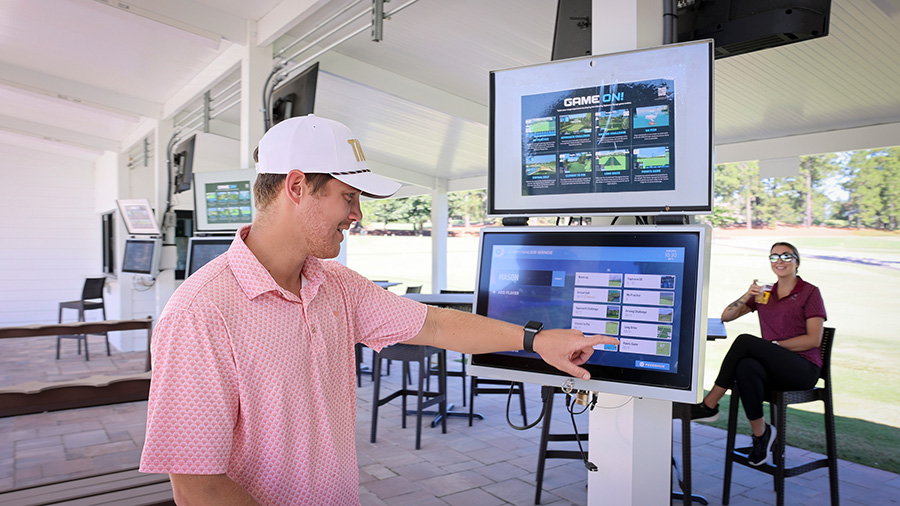
Talamore Resort Debuts New Toptracer Range

The History of the Pinehurst Inns
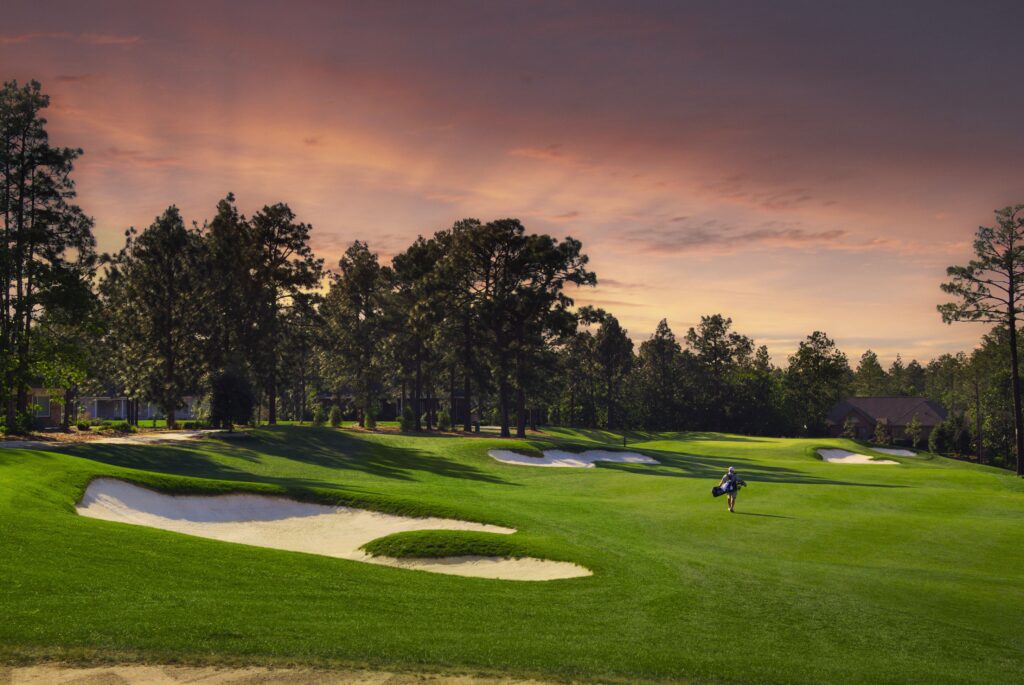
“For me, Pinehurst is such a special place for golf!”- Tom Fazio
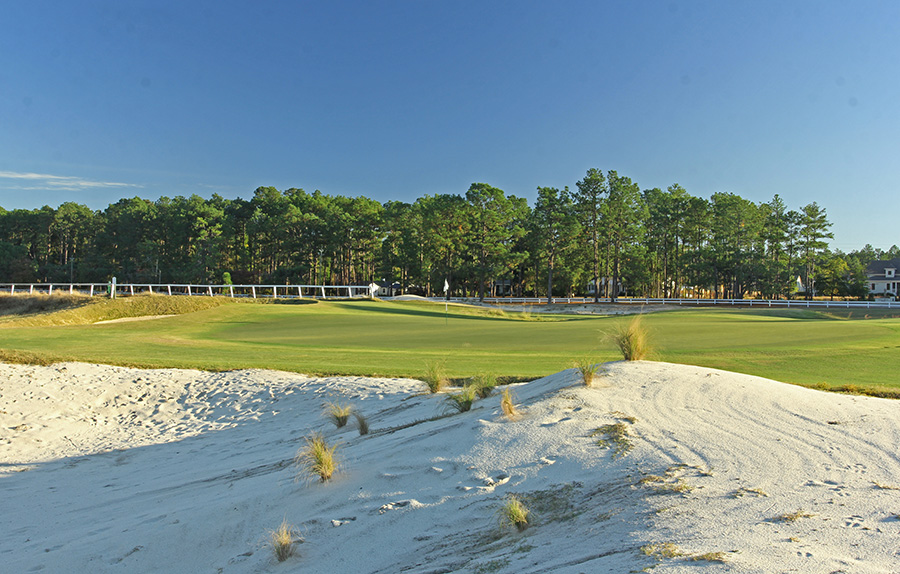
Maples Roots Run Deep in Sandhills Golf Design

New Southern Pines Mural

Pinehurst Area Buzzing with 2023 Excitement

Discover the Sweetness of the Sandhills
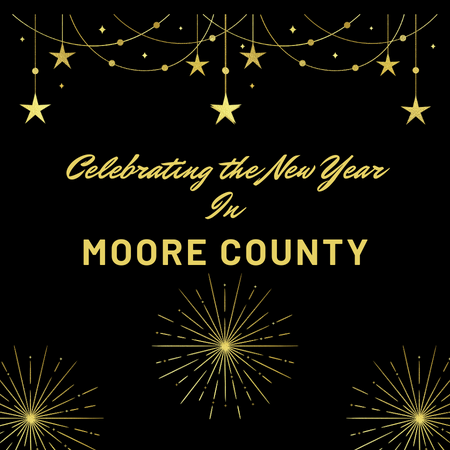
Celebrating the New Year in Moore County

The Big Three
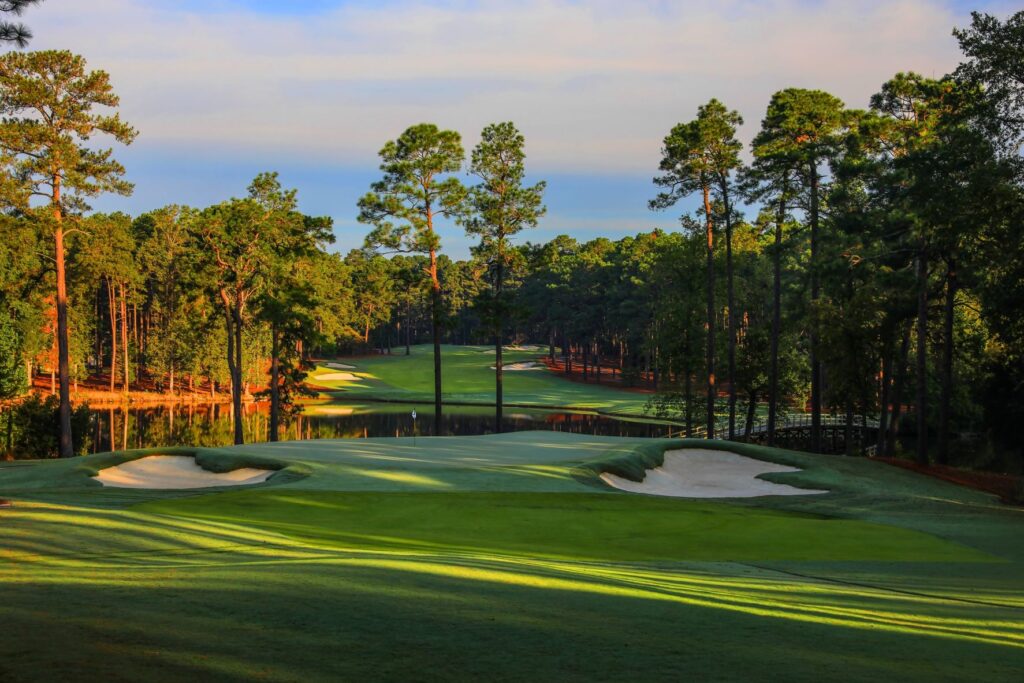
Jones Family Imprint
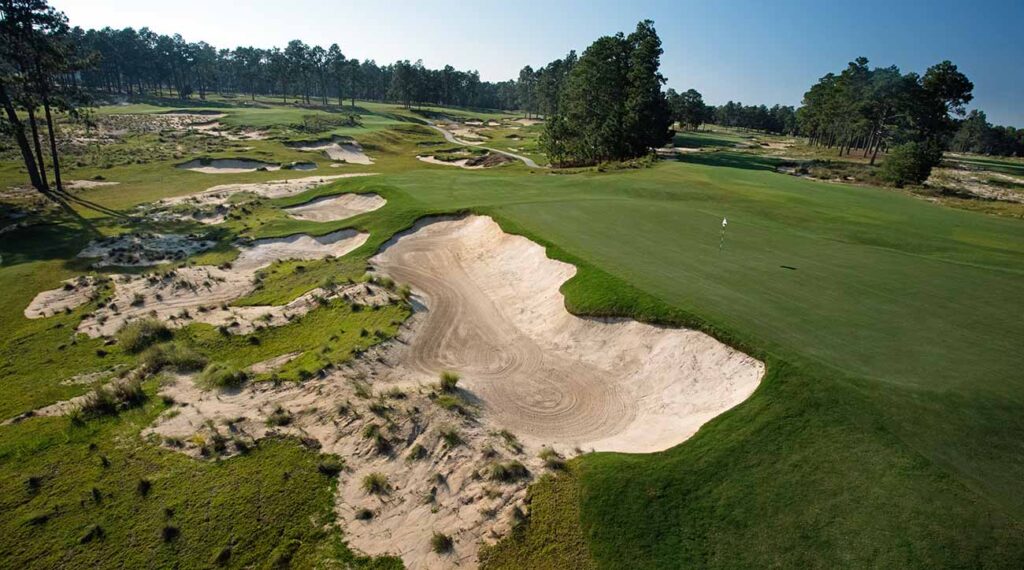
The Hanse Touch
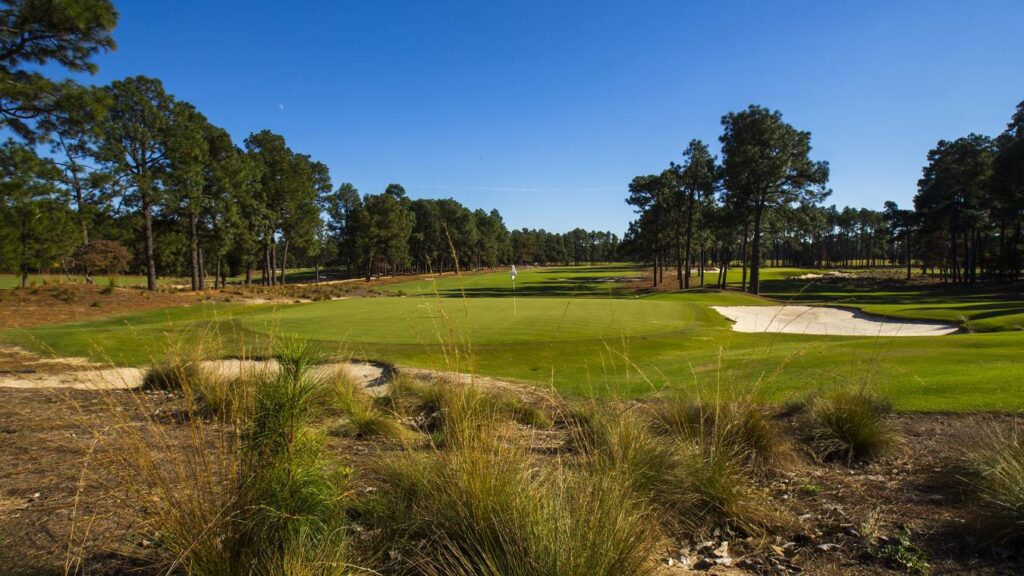
Coore & Crenshaw Roots Run Deep
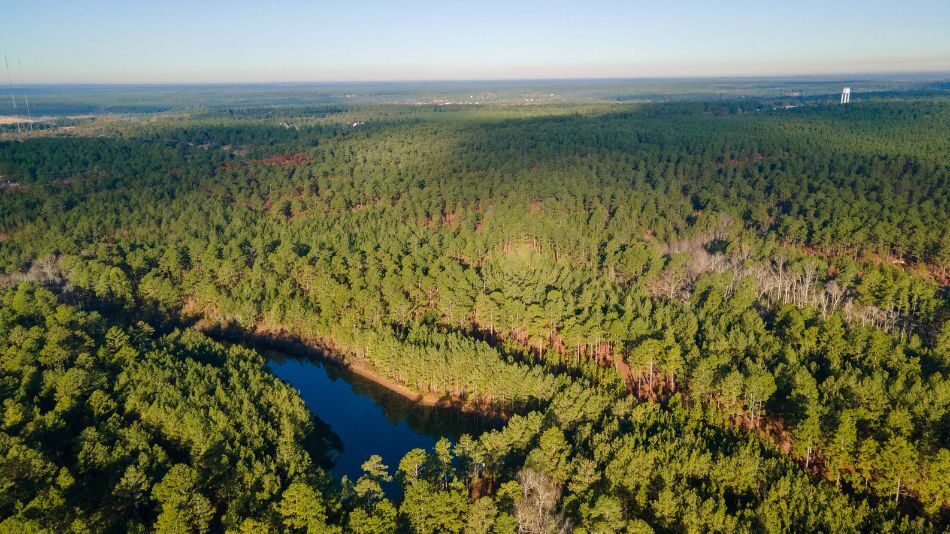
Pinehurst Resort Announces New Course to be Designed by Tom Doak
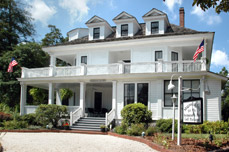
PINEHURST’S MAGNOLIA INN REOPENS
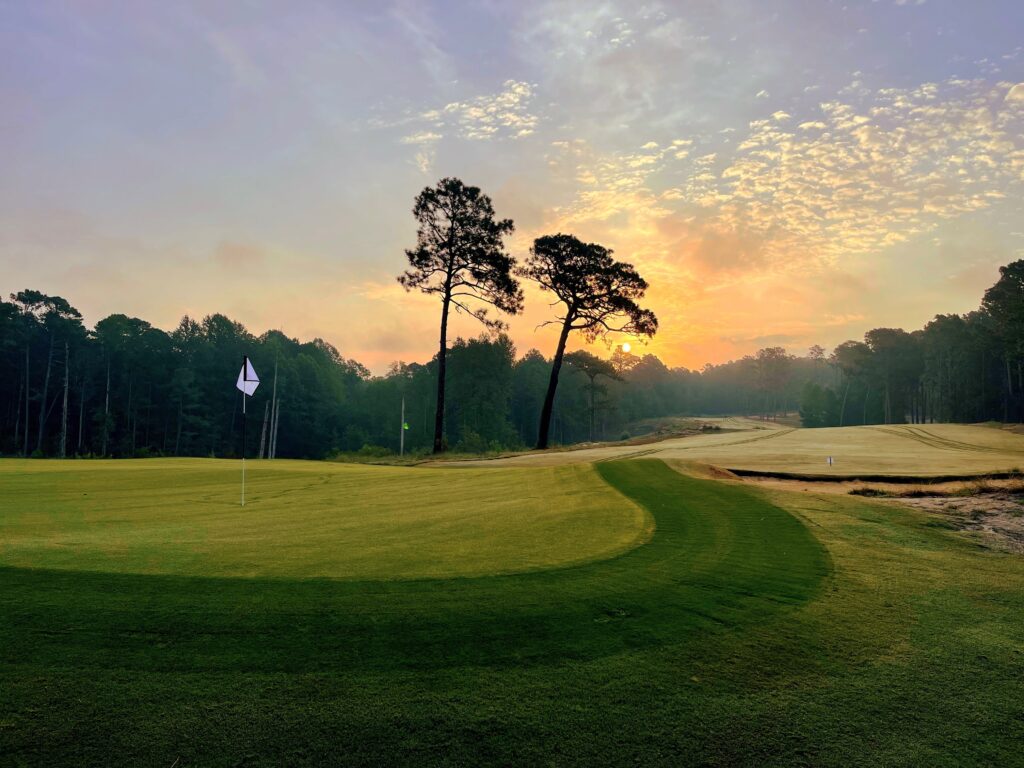
Southern Pines Golf Club Recognized
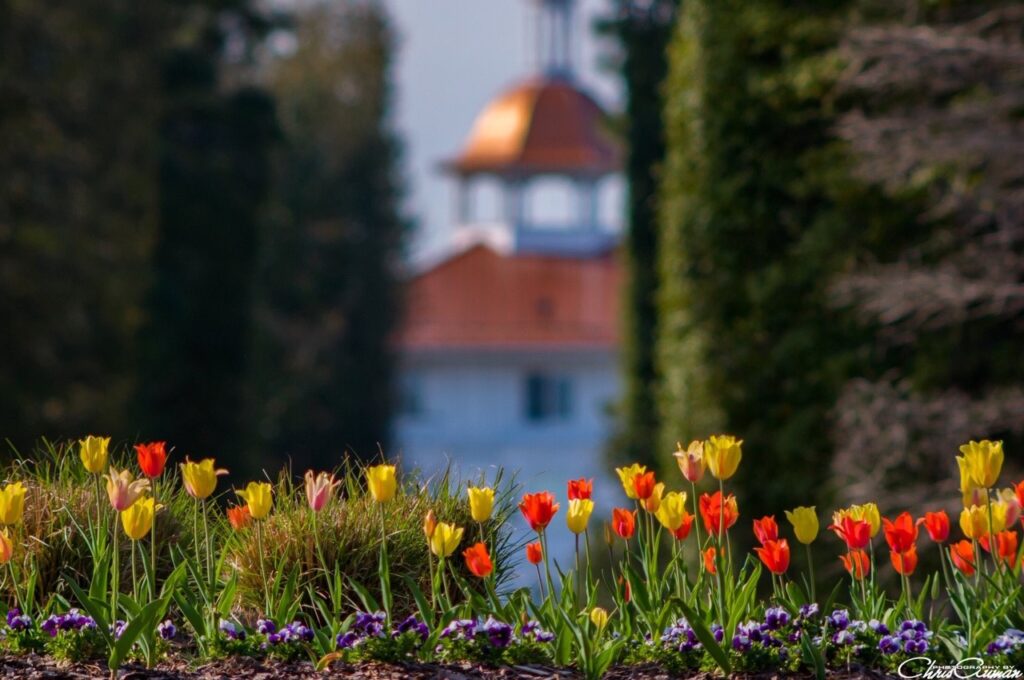
Spring in the Sandhills

Mother/Daughter Weekend in the Sandhills
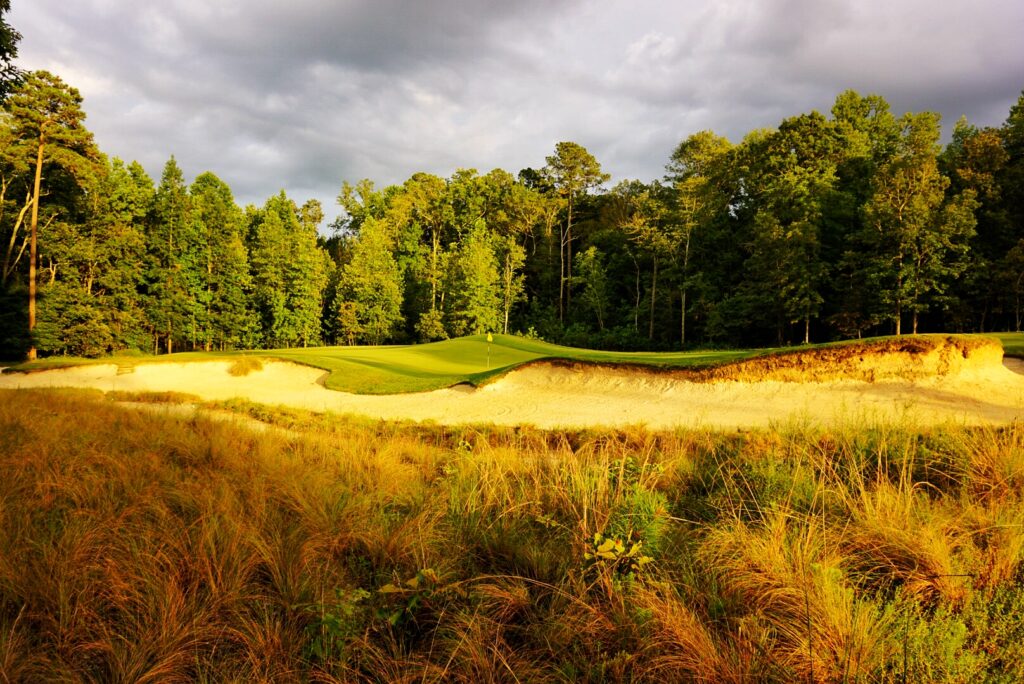
A Few of Our Favorite (Golfing) Things
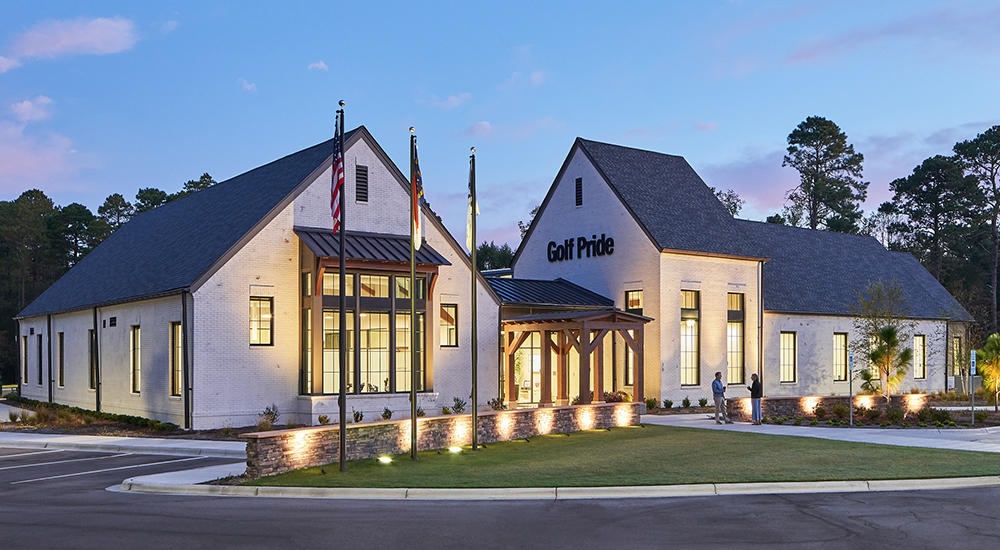
Golf Pride Retail Lab a must-see experience for your Pinehurst itinerary
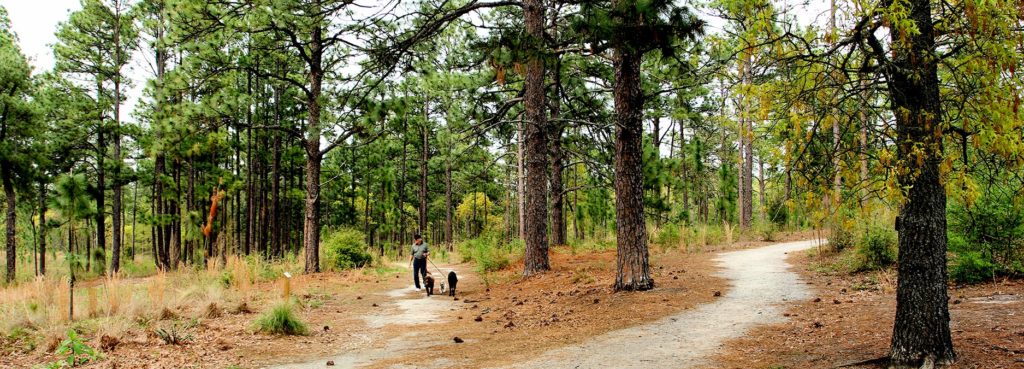
6 Trails to Explore for the Year of the Trail

Pinehurst No. 2 Still Ranked Best Course in NC

Sandhills Ecology 101
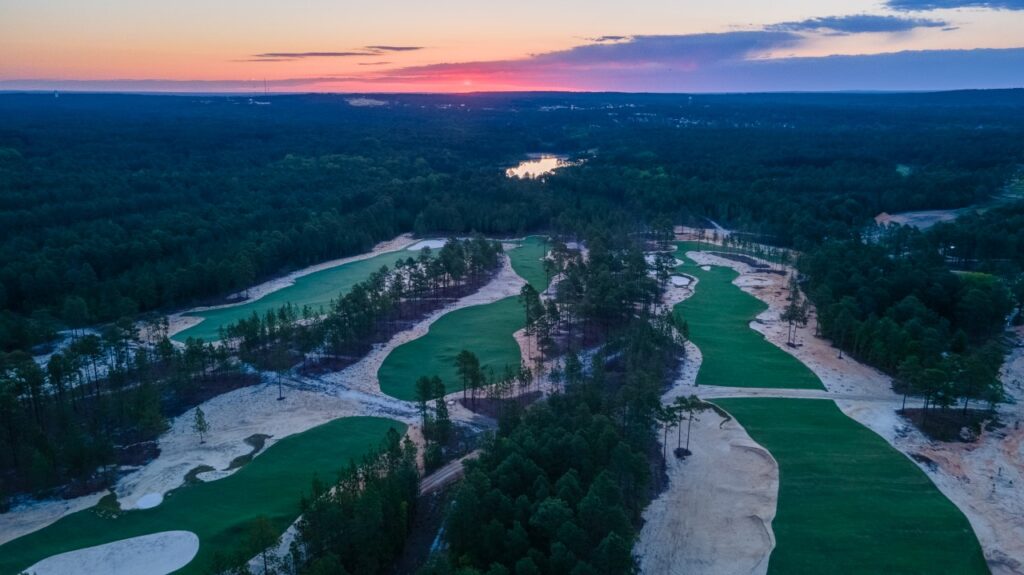
X Marks the 10-Spot

Best Date Night Ideas in the Sandhills
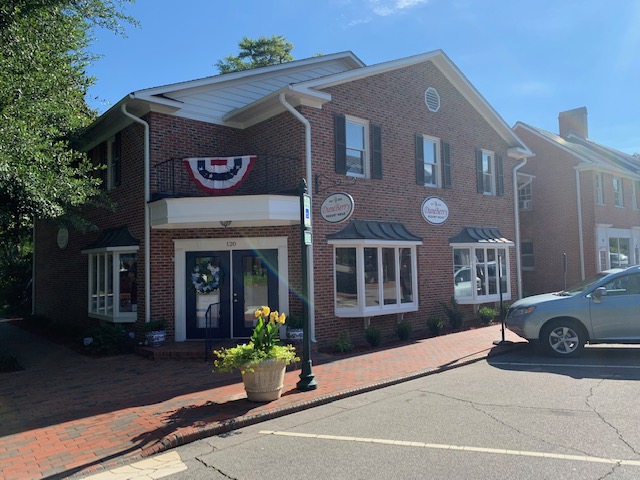
Small Towns Big Style

9 Urban Trails Around Pinehurst Area
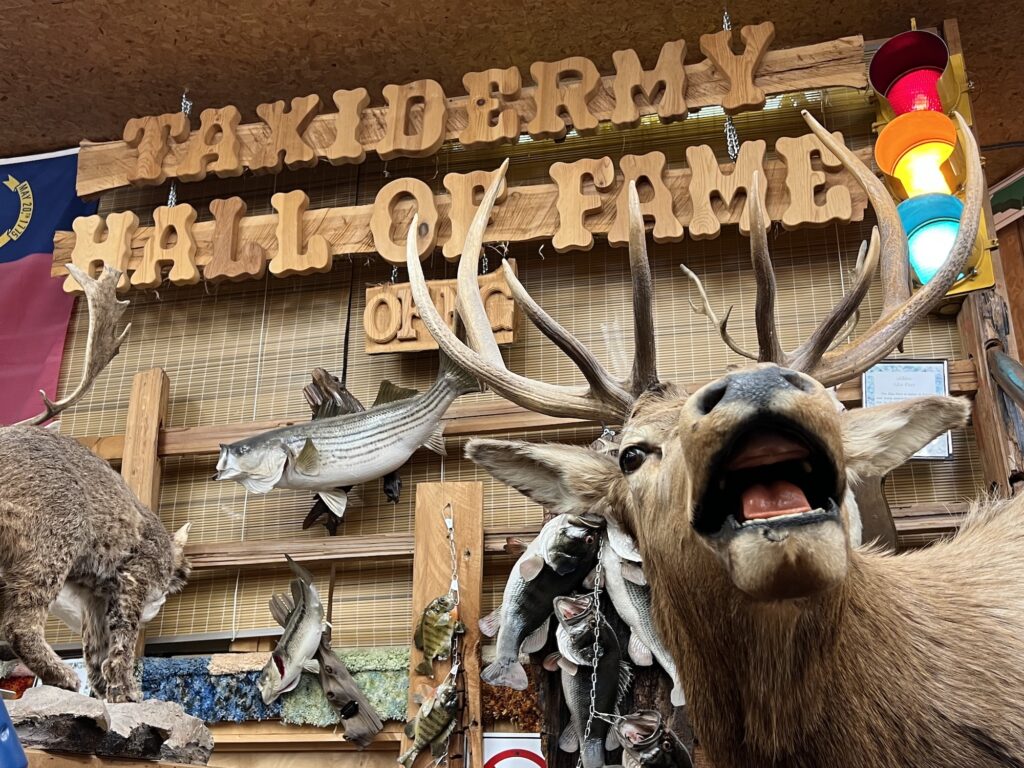
Uniquely Pinehurst

2024 U.S. Open: A Look Ahead

A Restorative Weekend Getaway at Tanglewood Farm B&B in Southern Pines
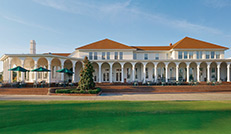
Top Things To Do On A Long Weekend

Independence Day in the Sandhills
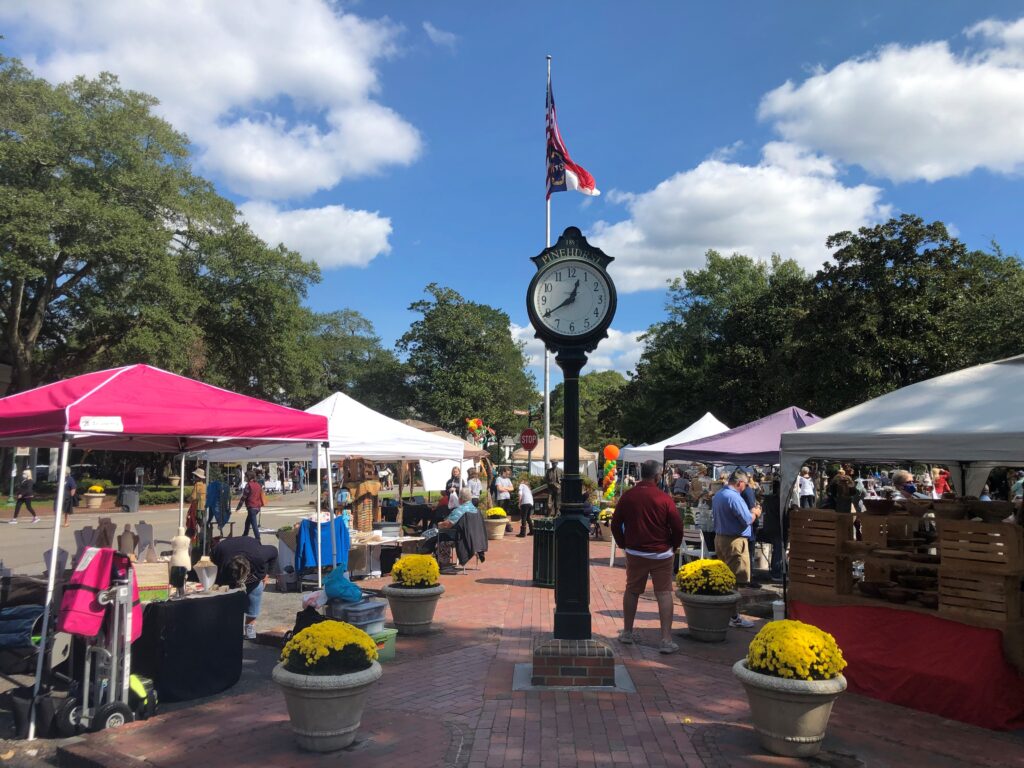
Fall Events Around the Sandhills

Celebrating NC Peaches

Kid You Not
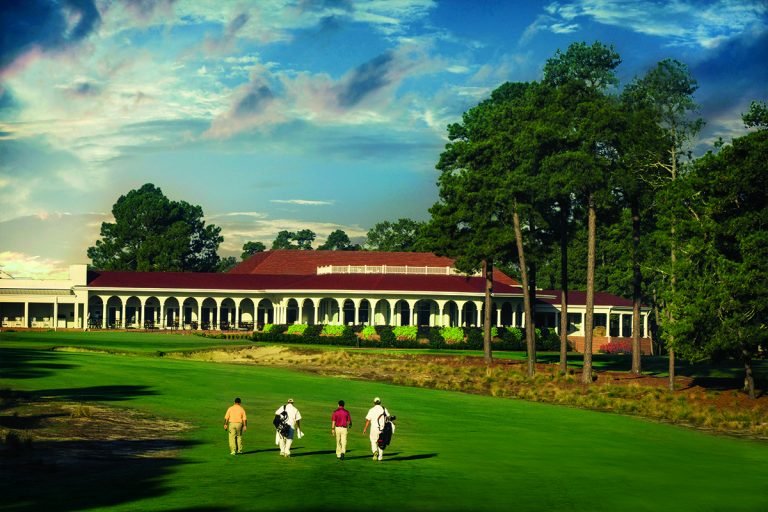
Sleepy Summers No More
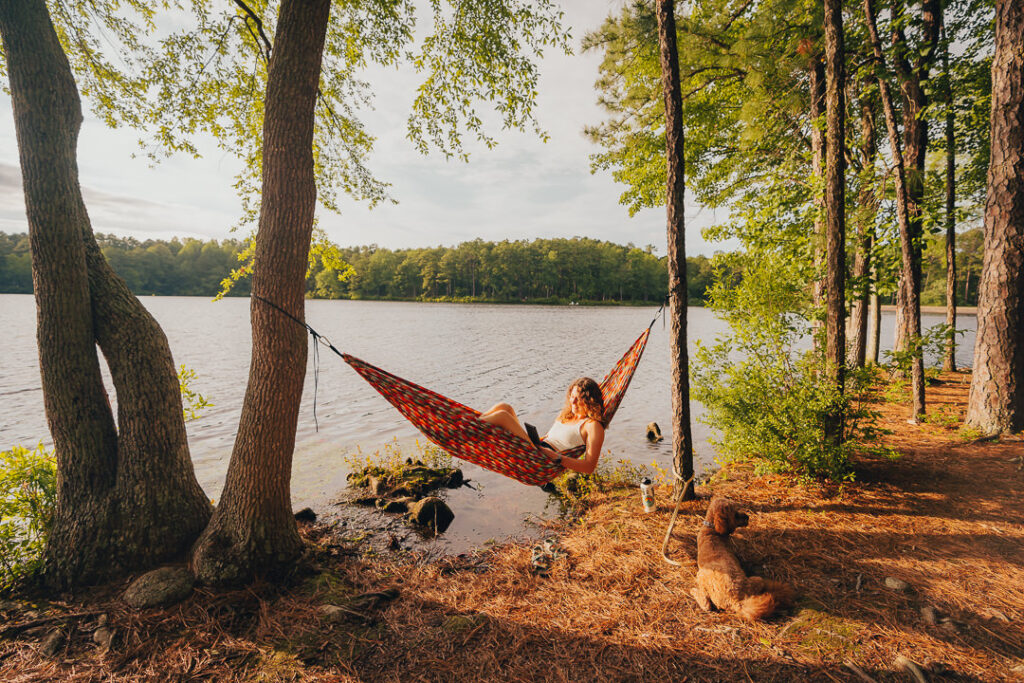
Getting Outside
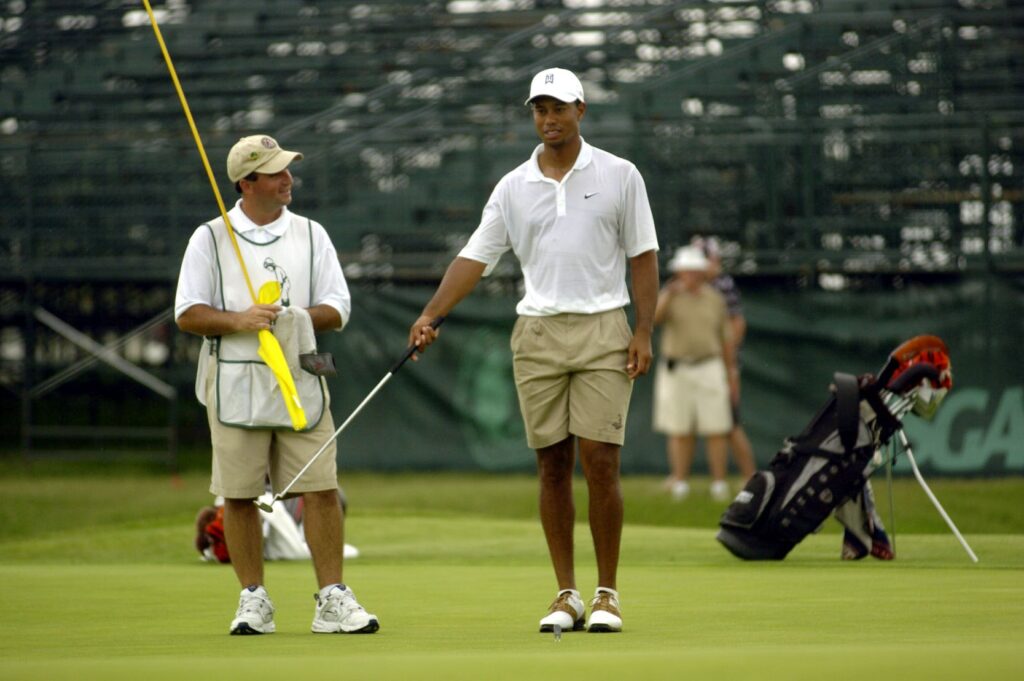
When They Were Young
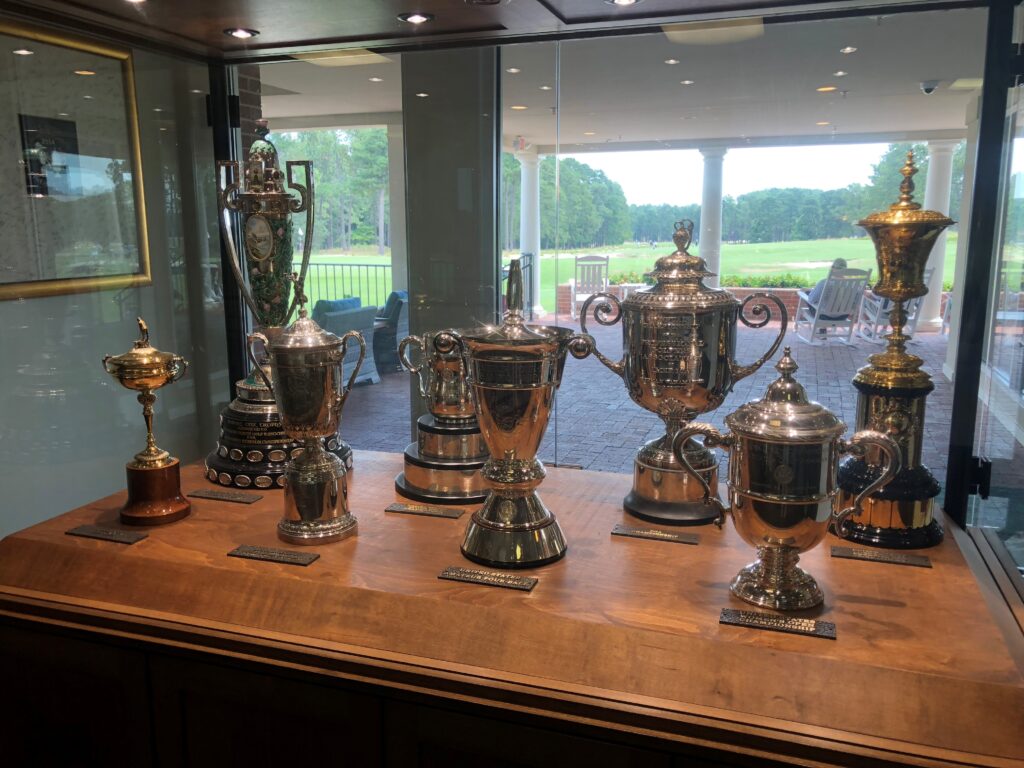
Pinehurst Major-itis

Loving Our Black & Whites
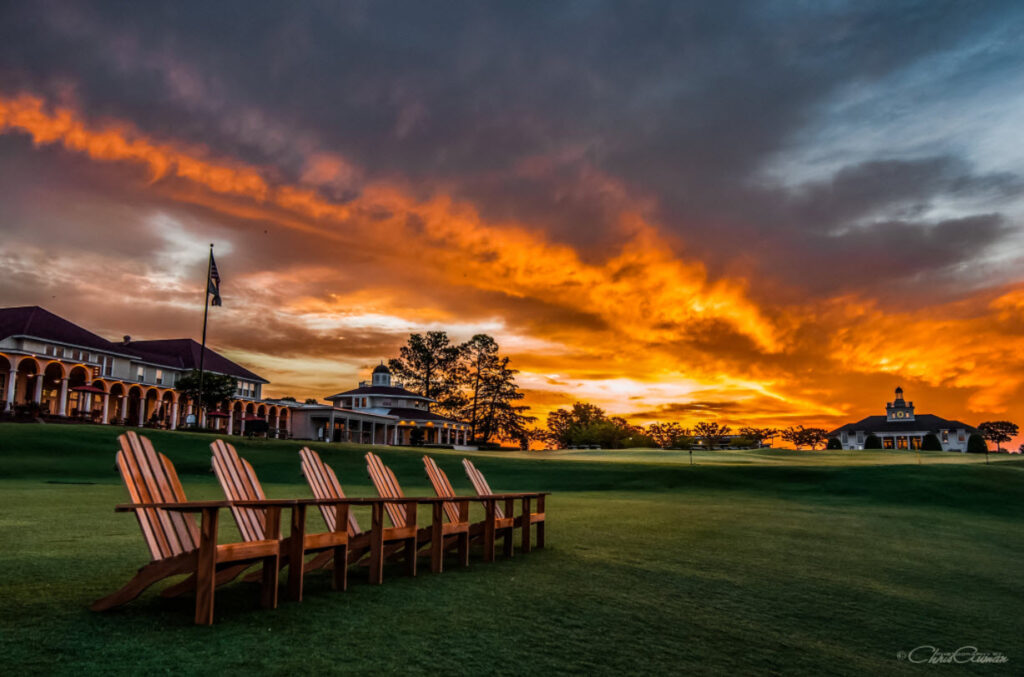
Lens of the Sandhills
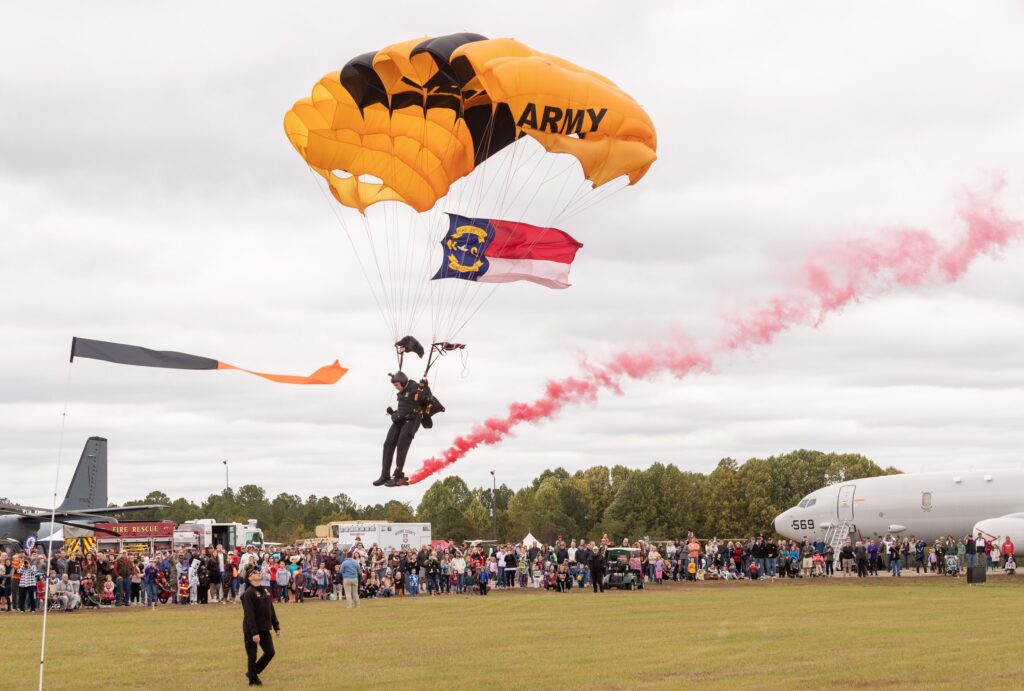
Festival D’avion Named as Signature Event
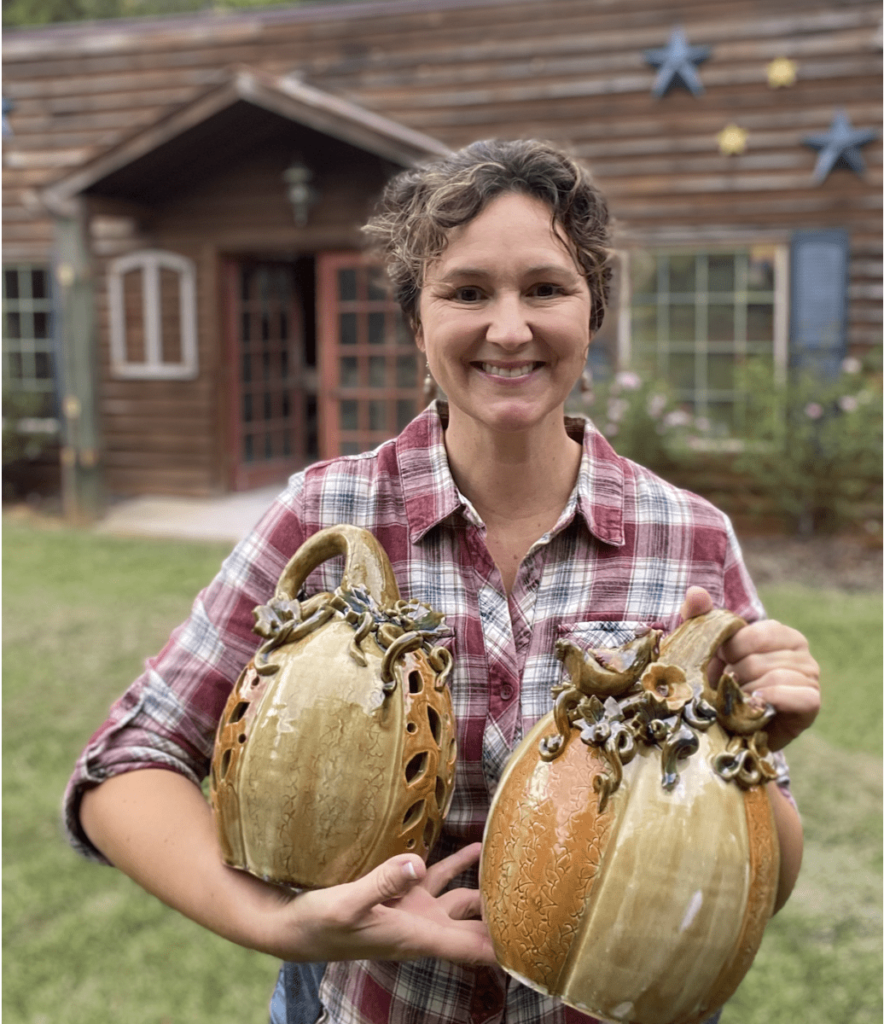
Celebrate American Craft Week

Act Two for Tot Hill Farm
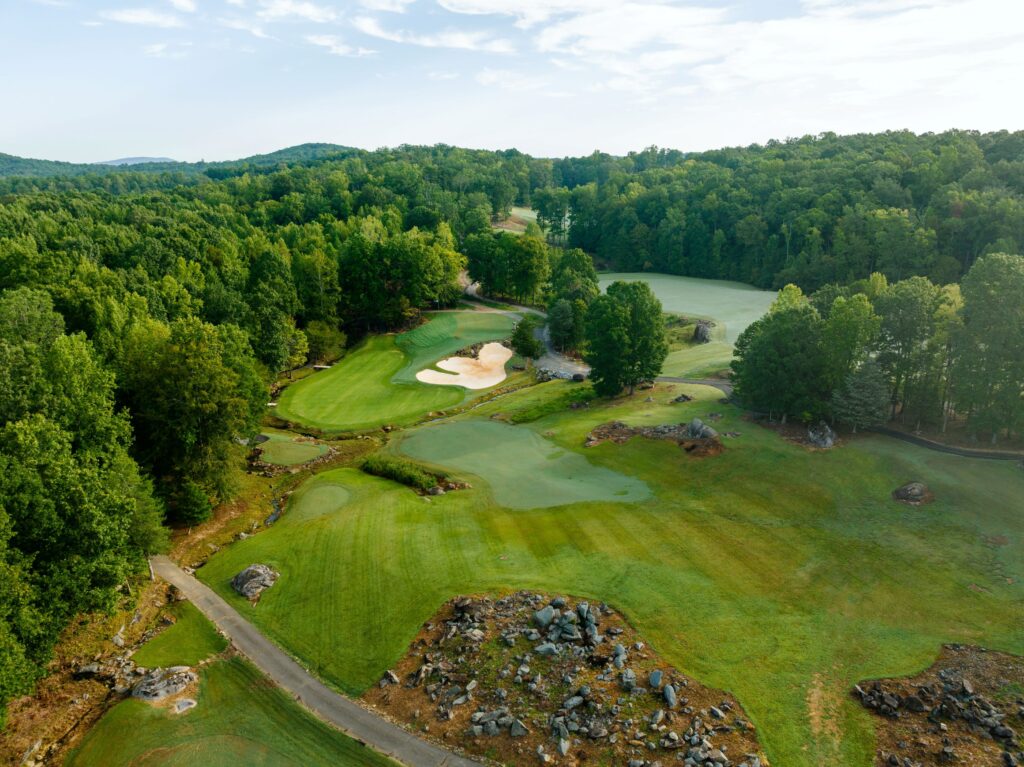
An Artist in the Dirt
Legends of the Pines

Breakfast Joints of the Sandhills

The Scottish Invasion

To Dornoch and Back
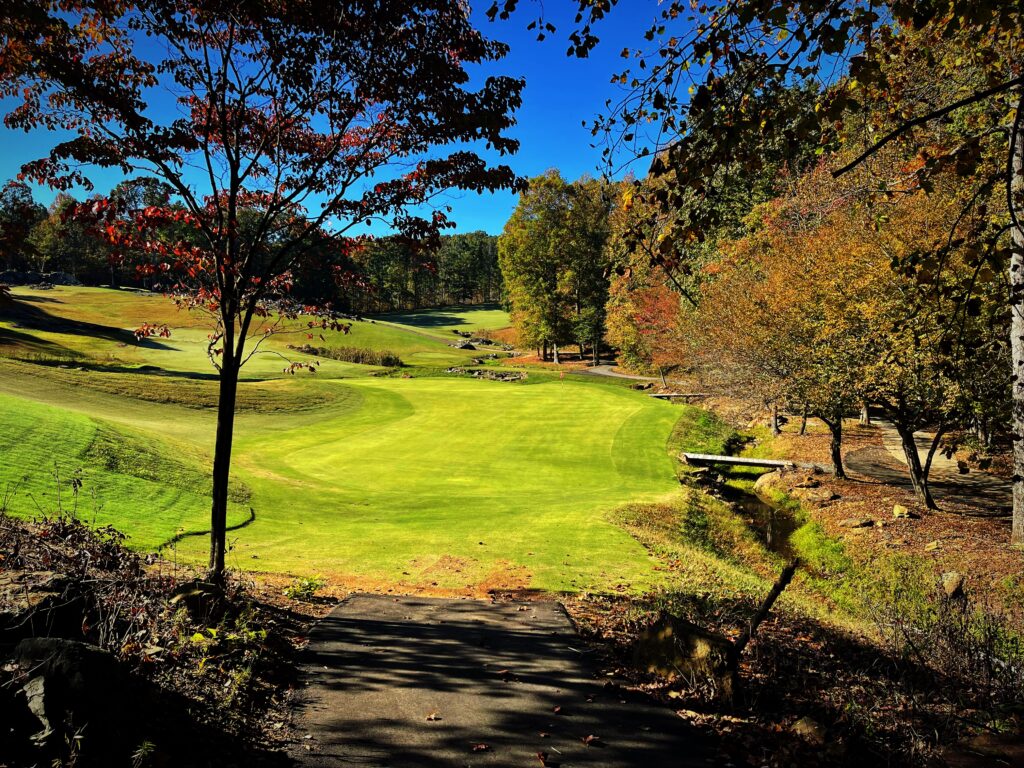
A “New” Pinehurst Welcomes the World in 2024
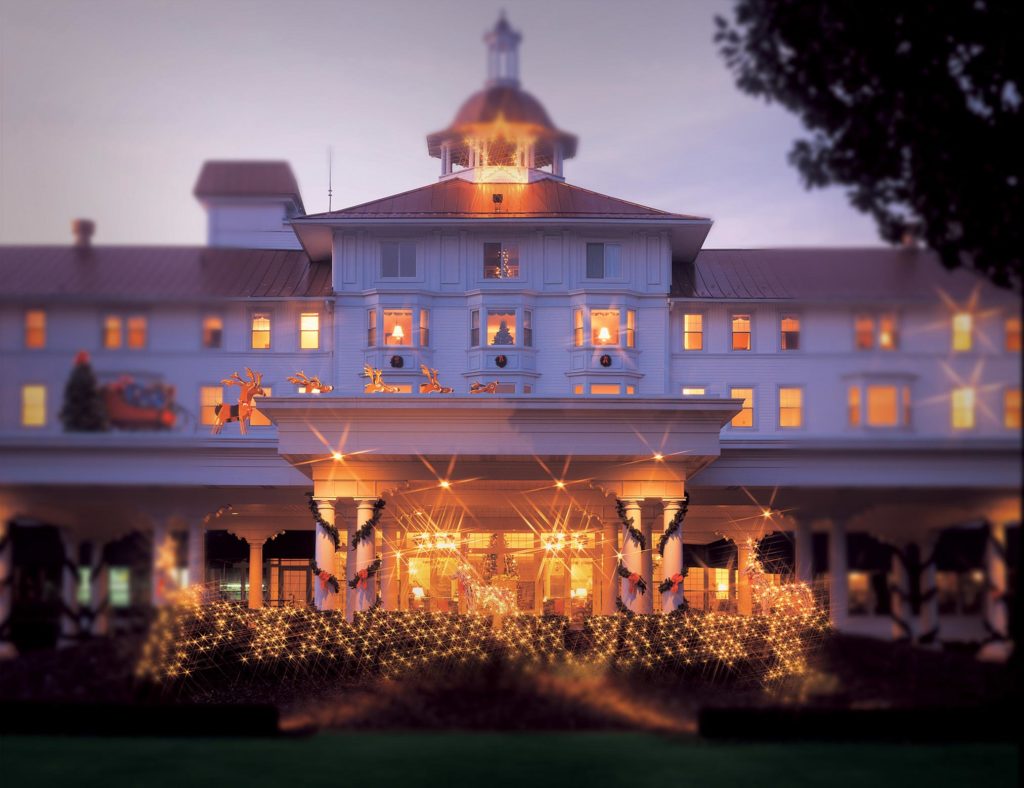
Pinehurst Holiday
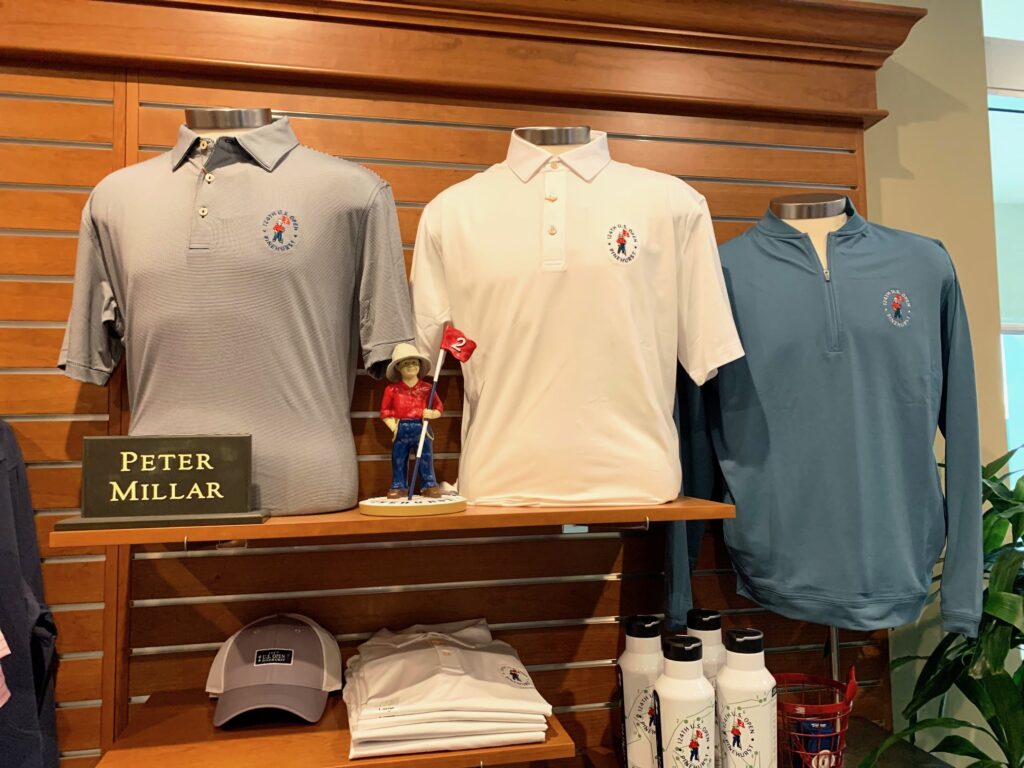
Golfers Gift Guide
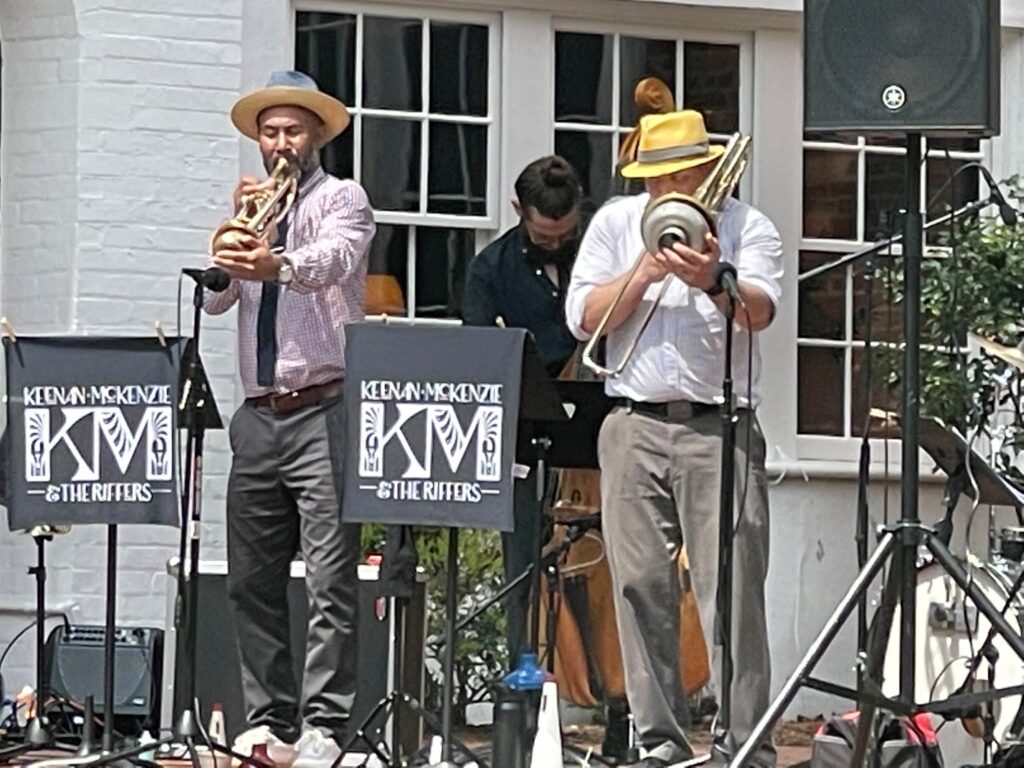
Sandhills Nightlife Scene

A U.S. Open Year
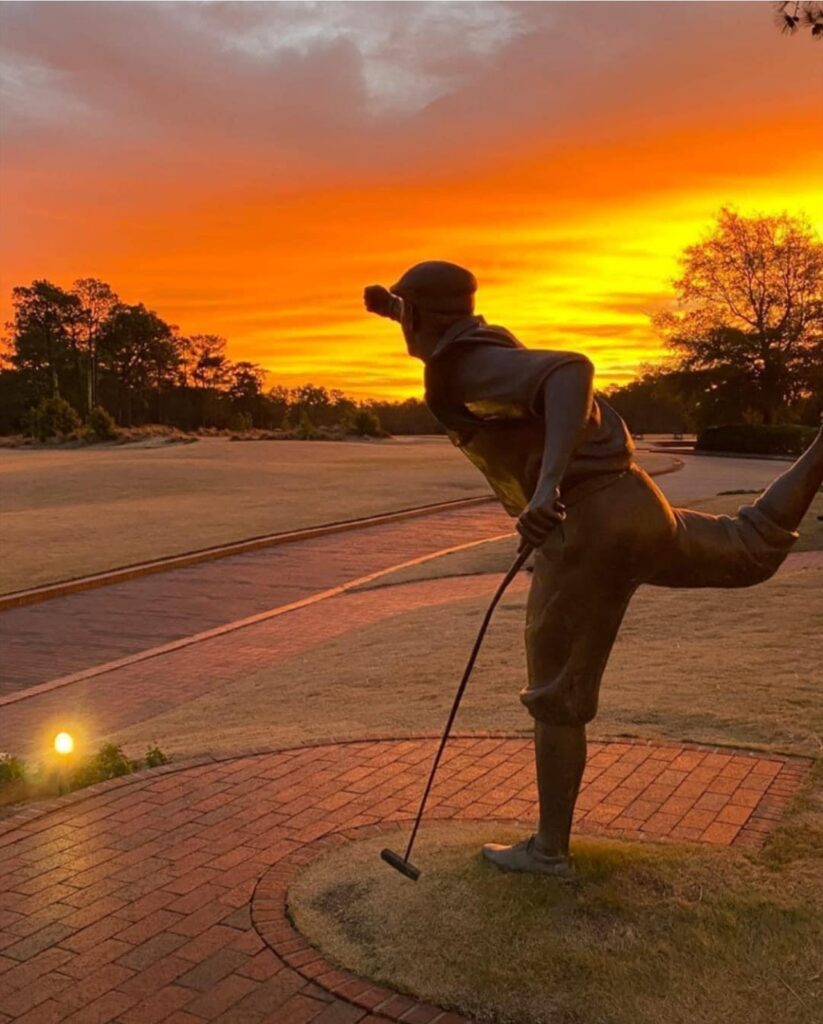
Payne at 25

Where to Antique in Cameron and Carthage

Girls’ Weekend in Moore County
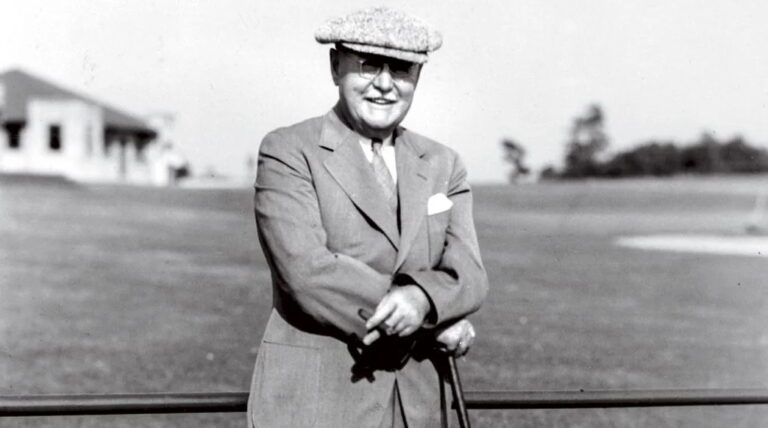
Sandhills Hall of Fame
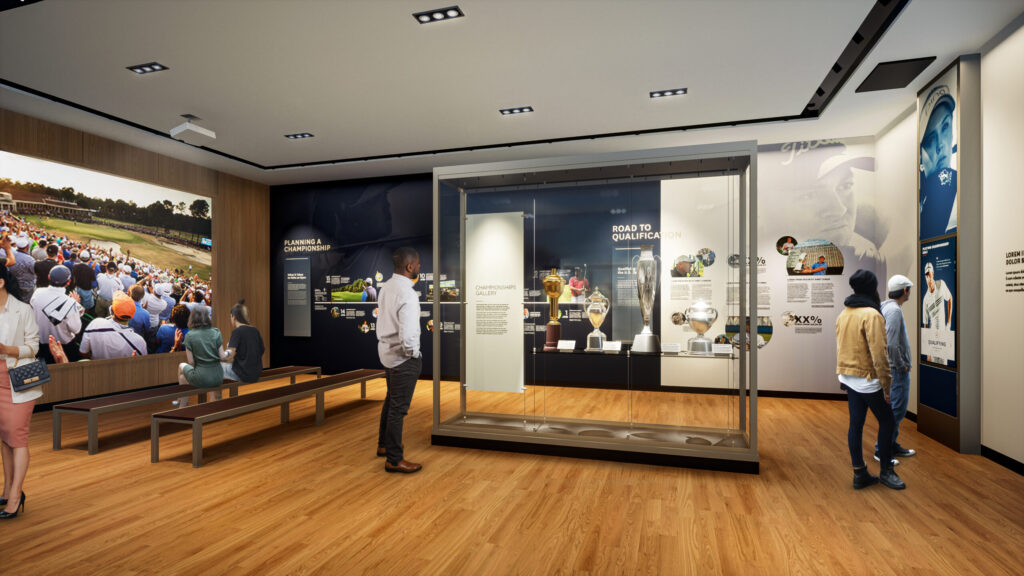
Hall of Fame Take Two
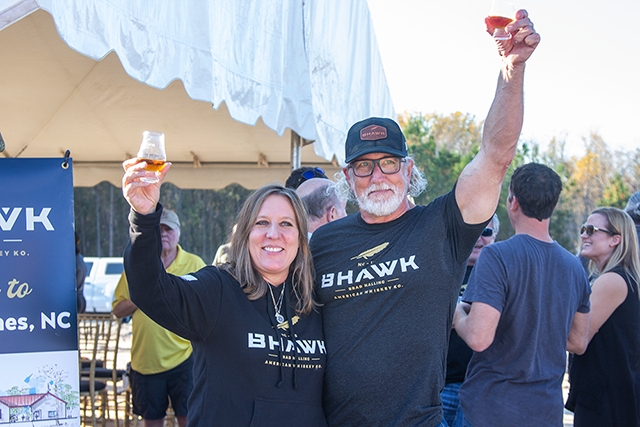
BHAWK Distillery Toasts Military Spirit
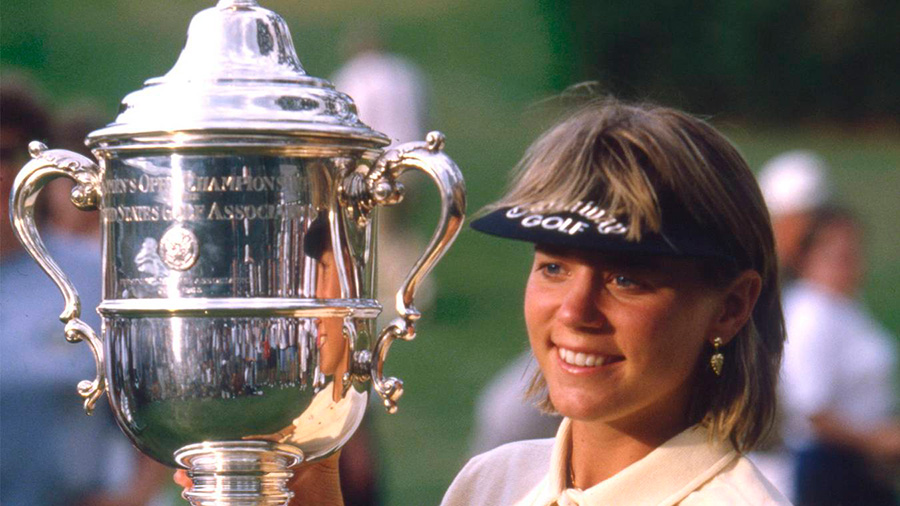
A Dozen Master Strokes
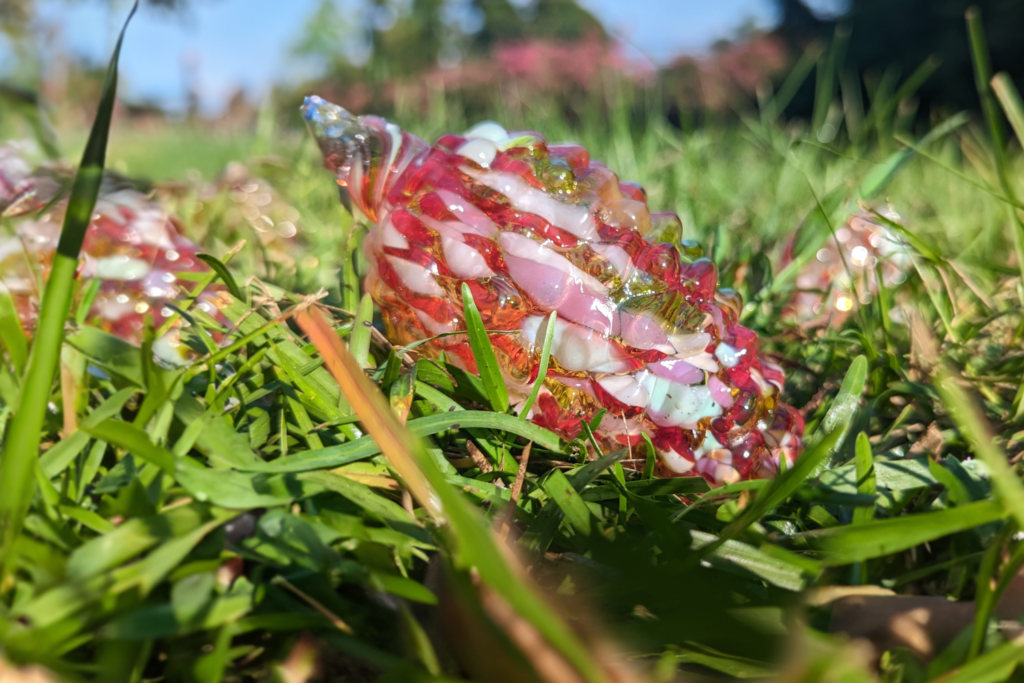
Popular Pinecone Pathways Returns for Spring 2024
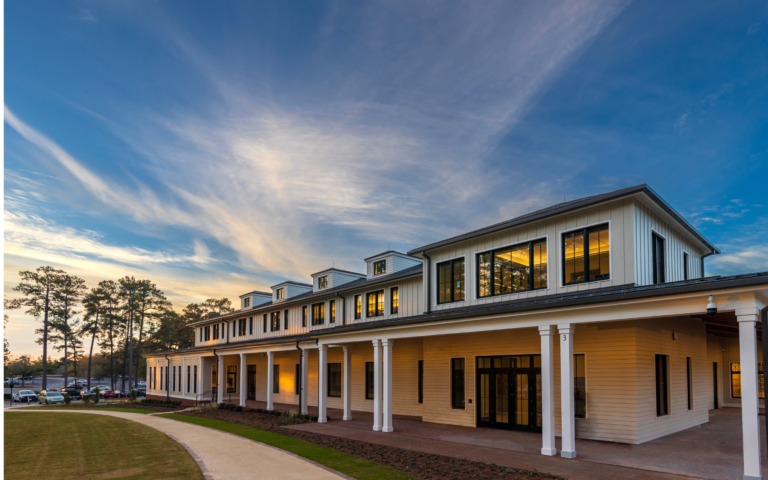
The Dynamic Decade
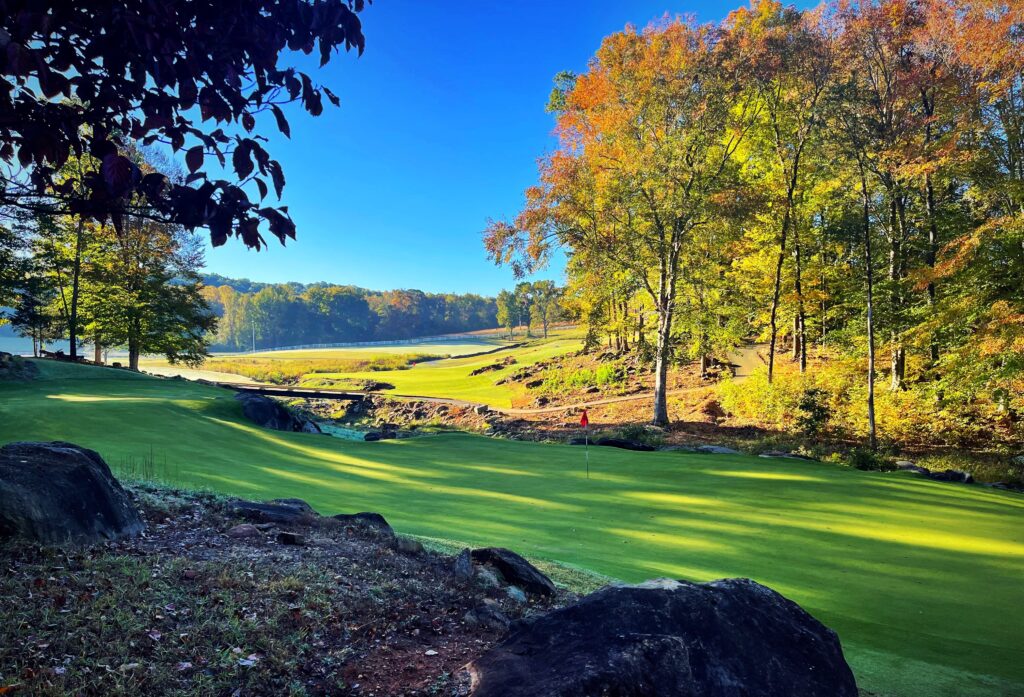
Sandhills Pours Double Dose
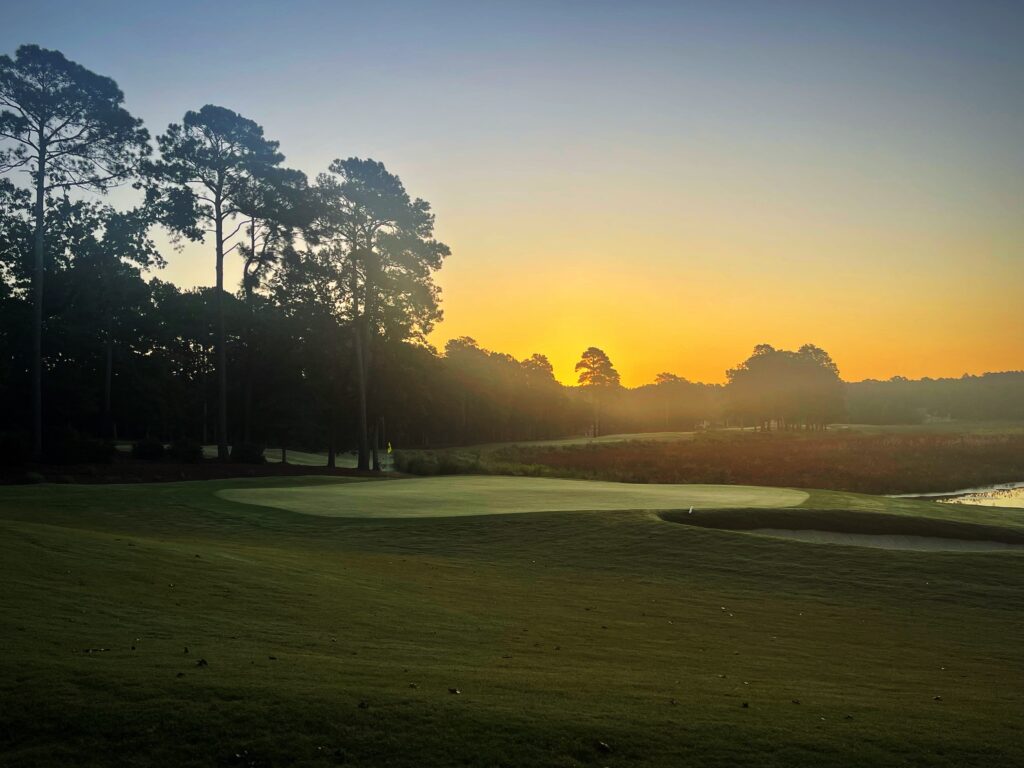
Rebirth at Woodlake
Pints in the Pines: A Guide to the Breweries of the Sandhills

